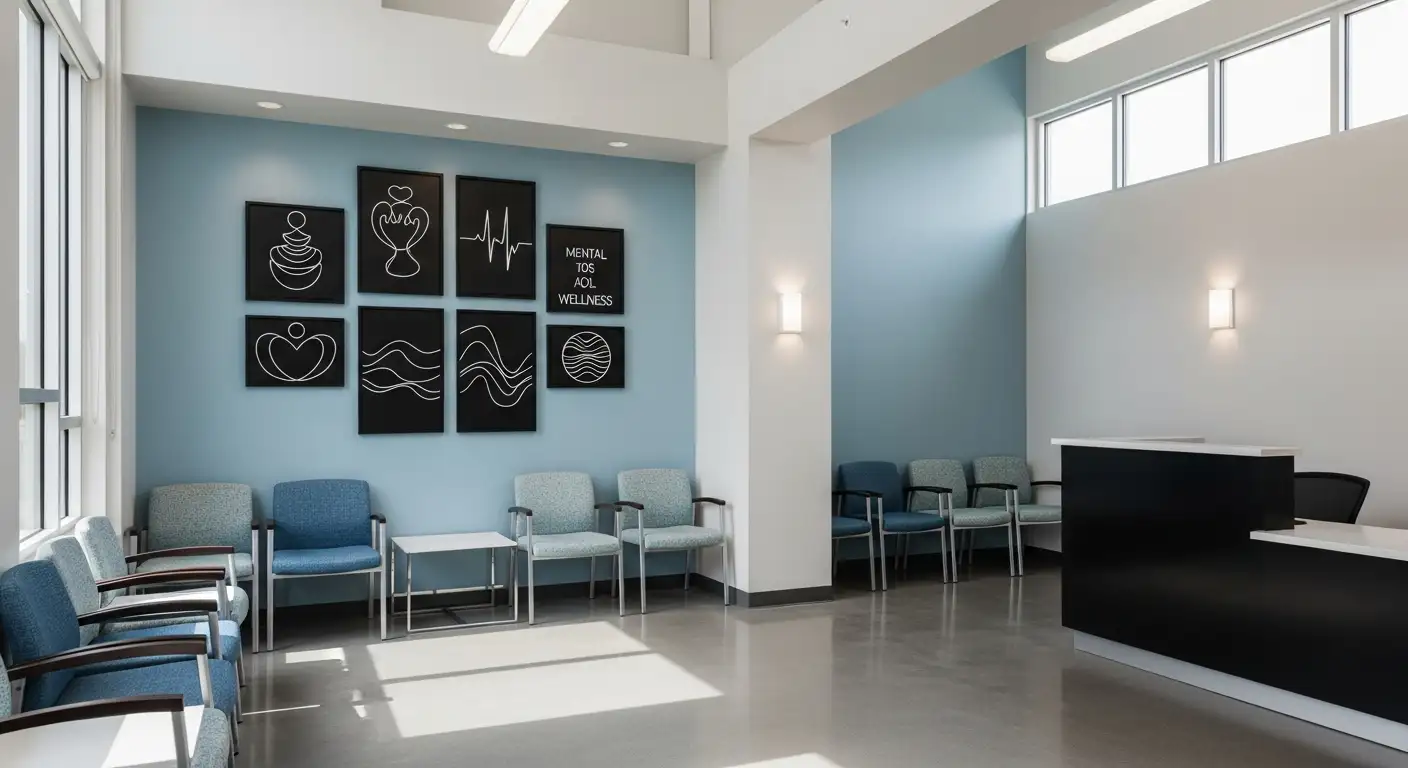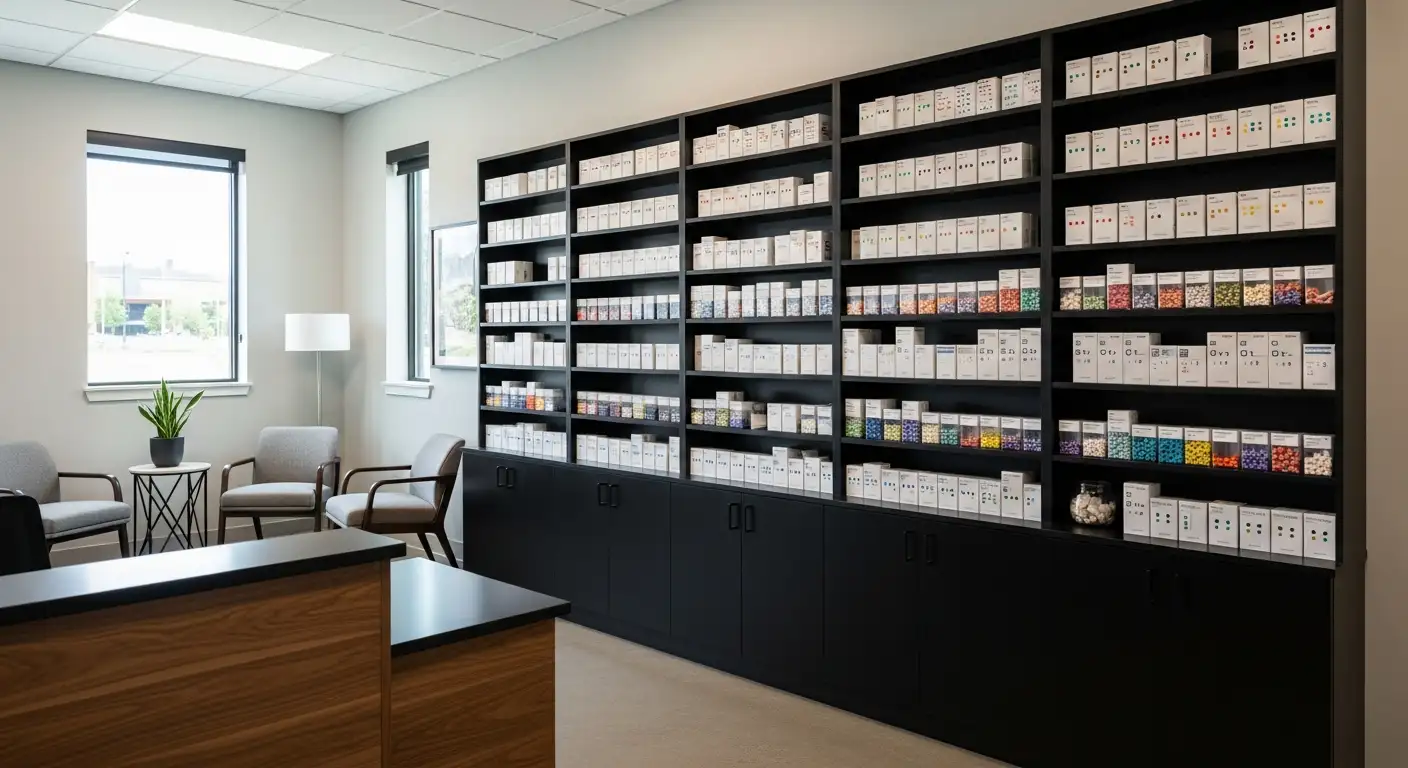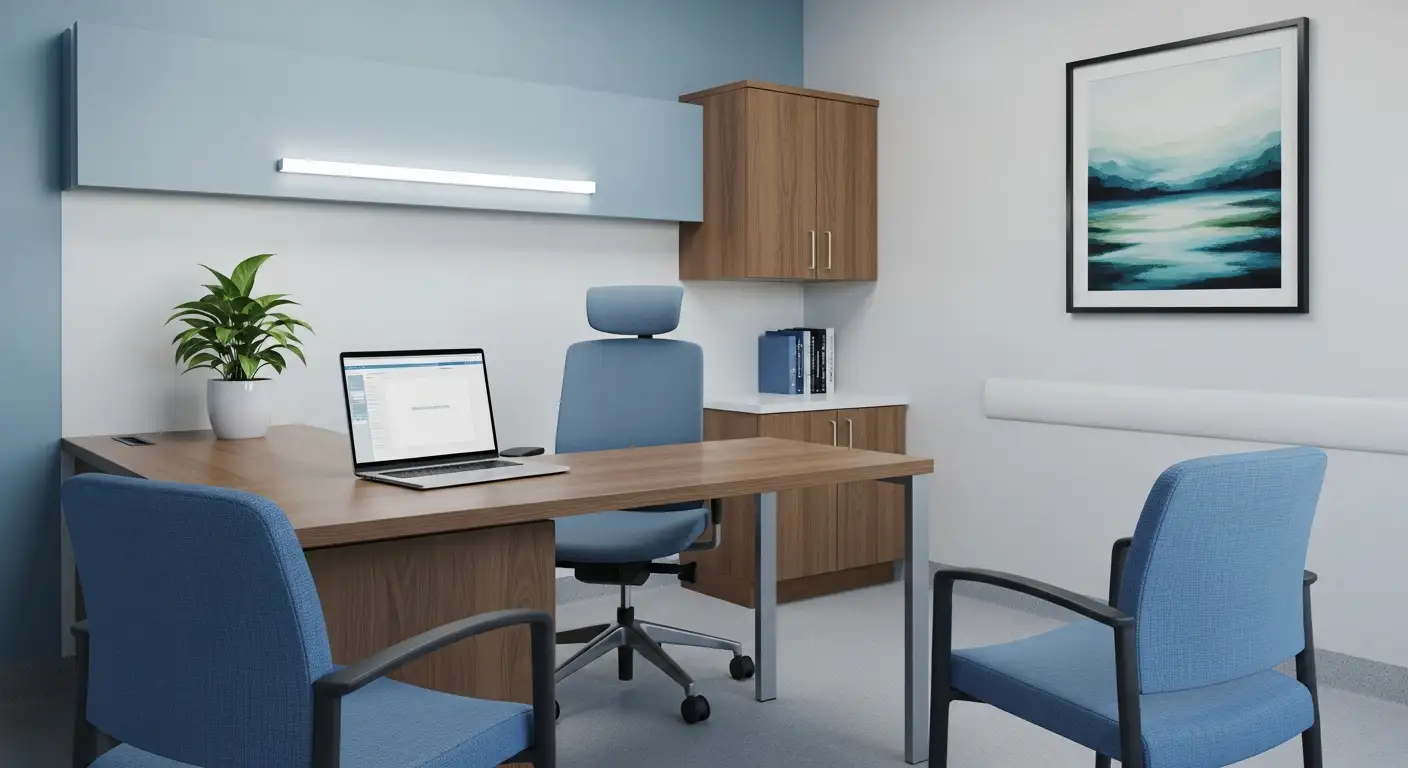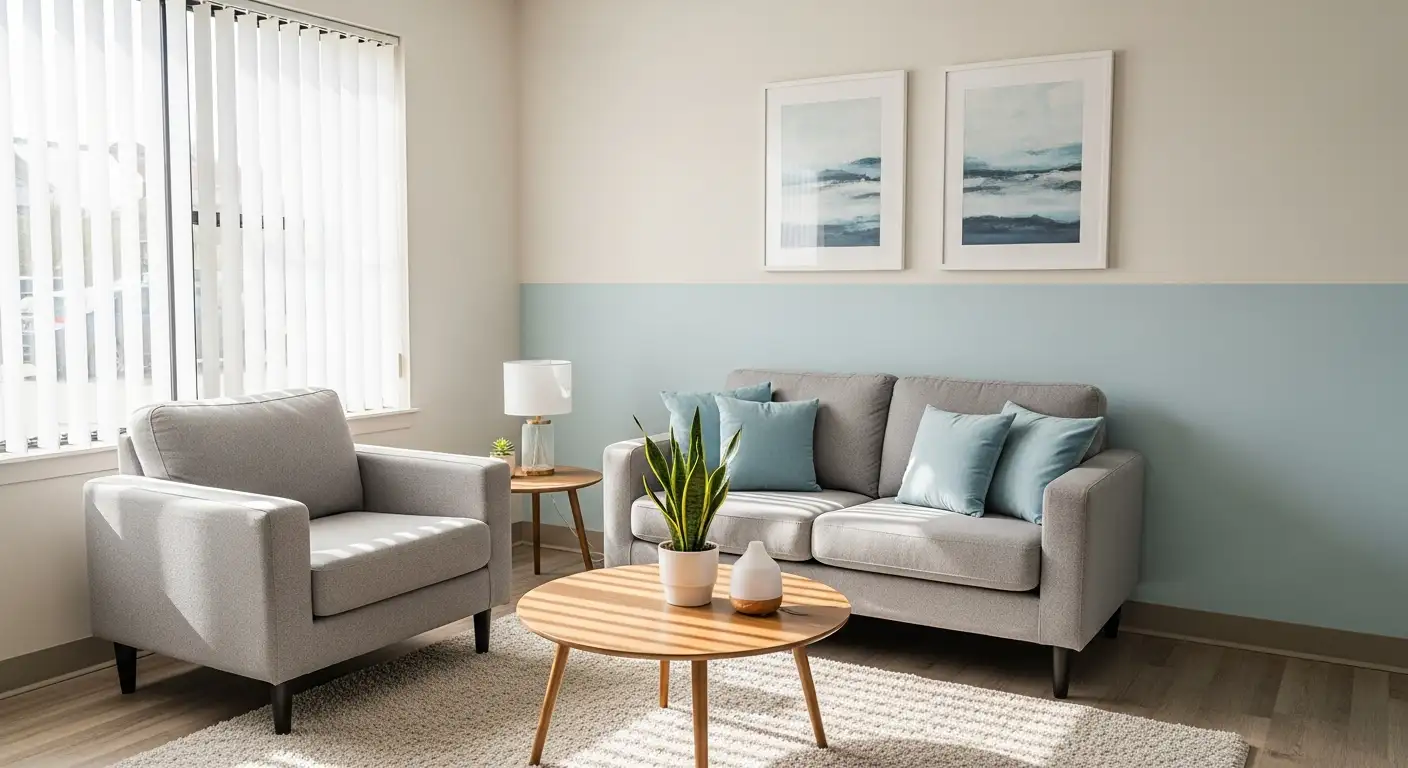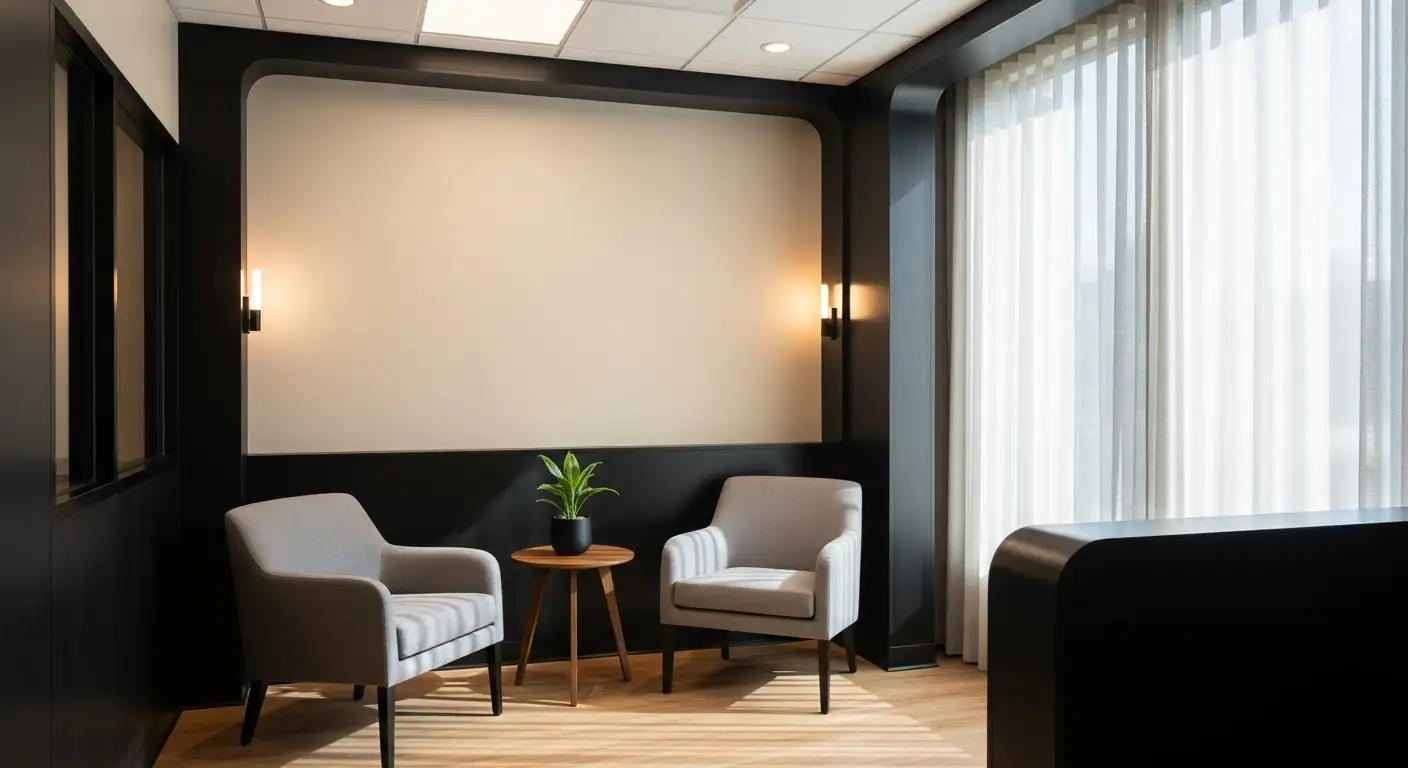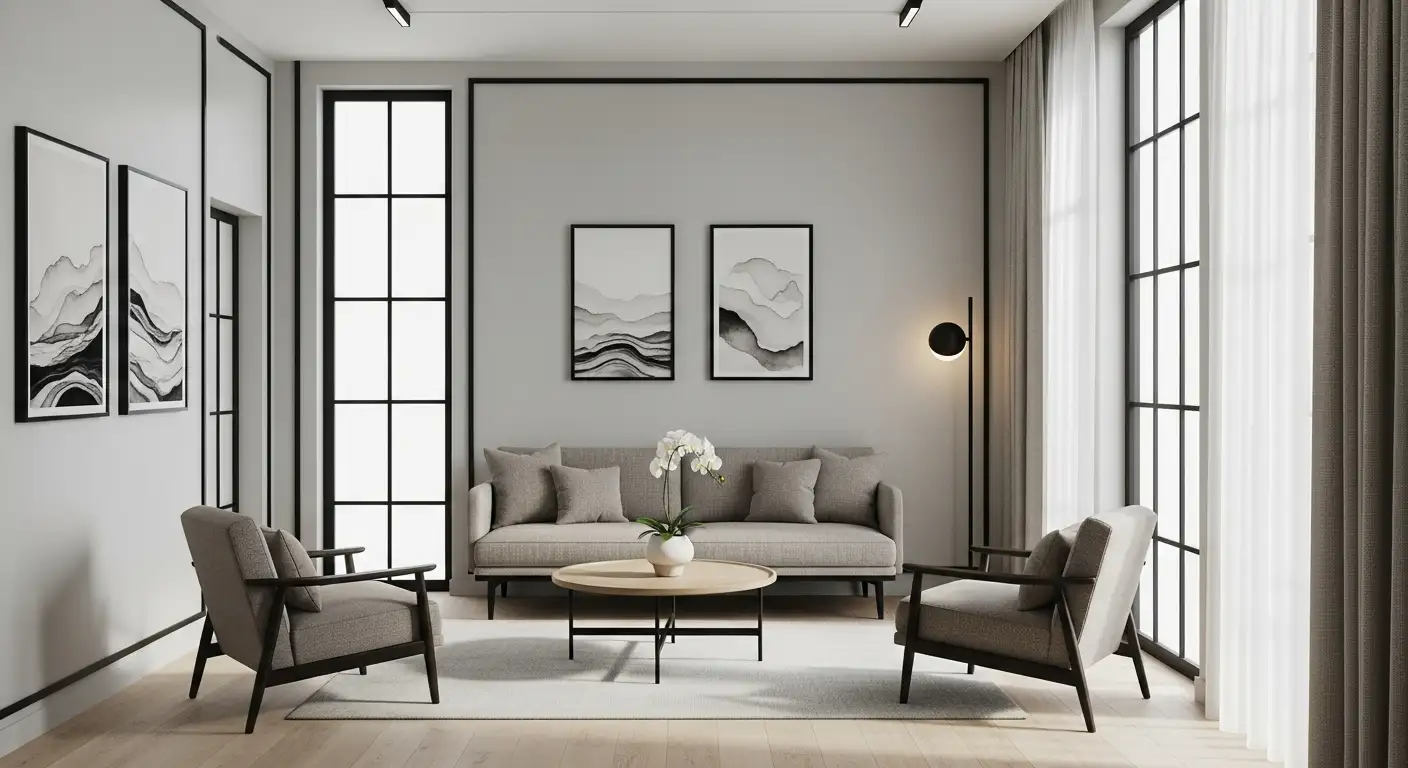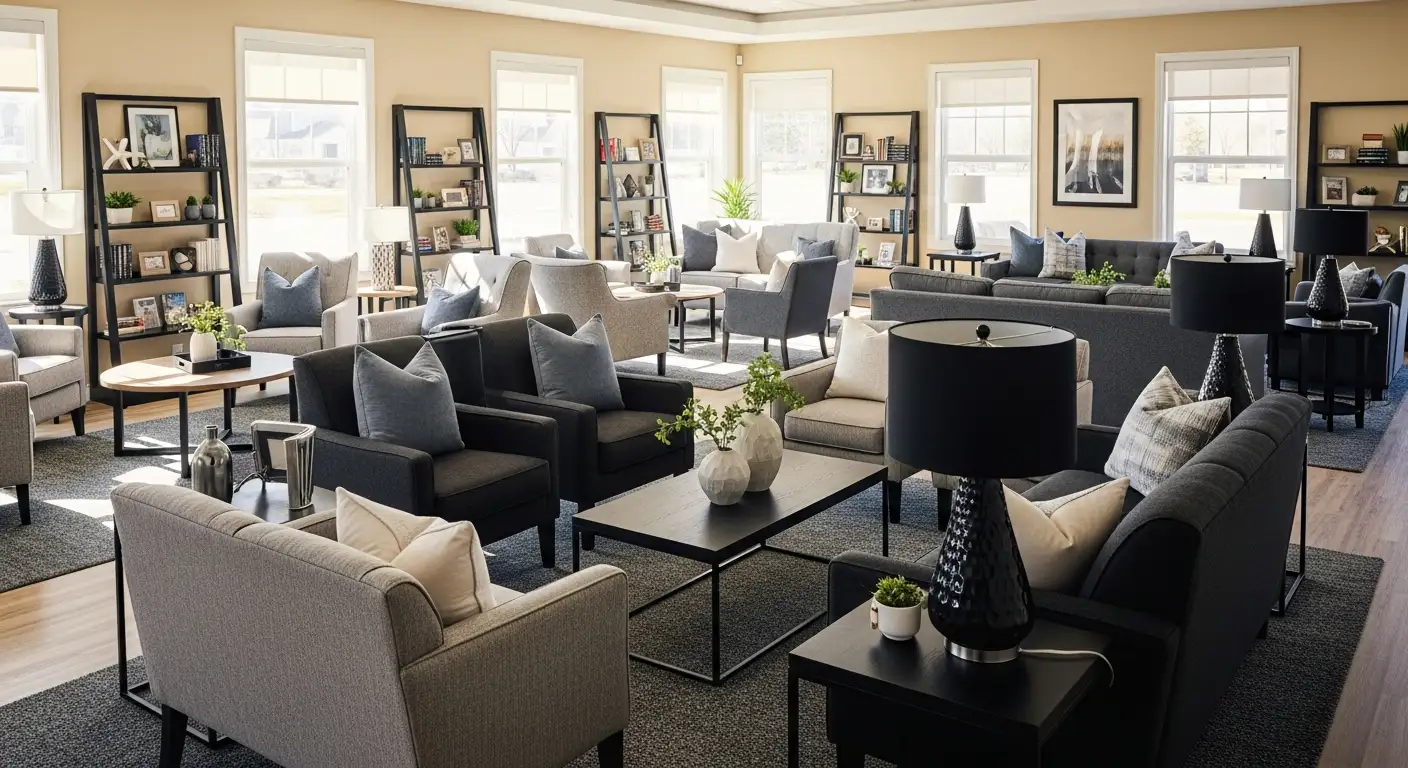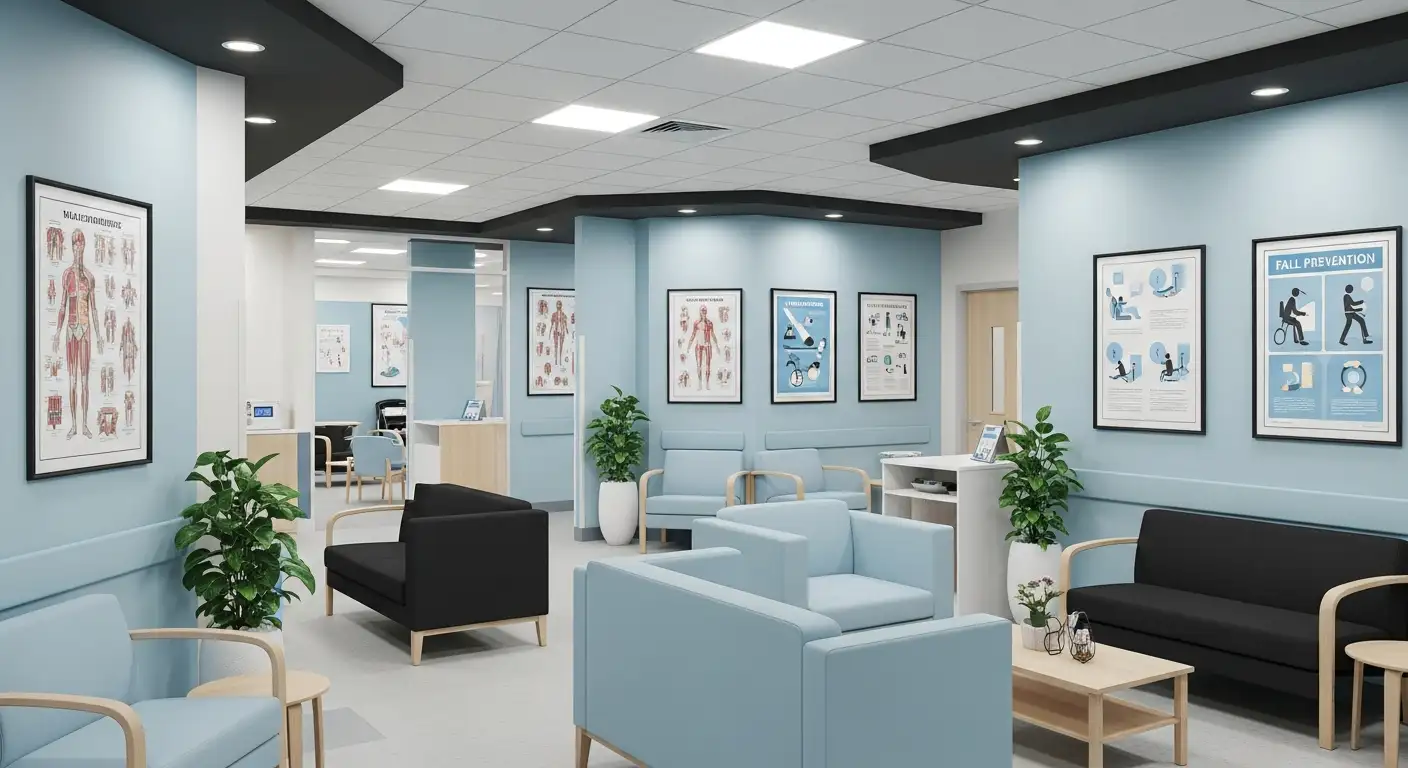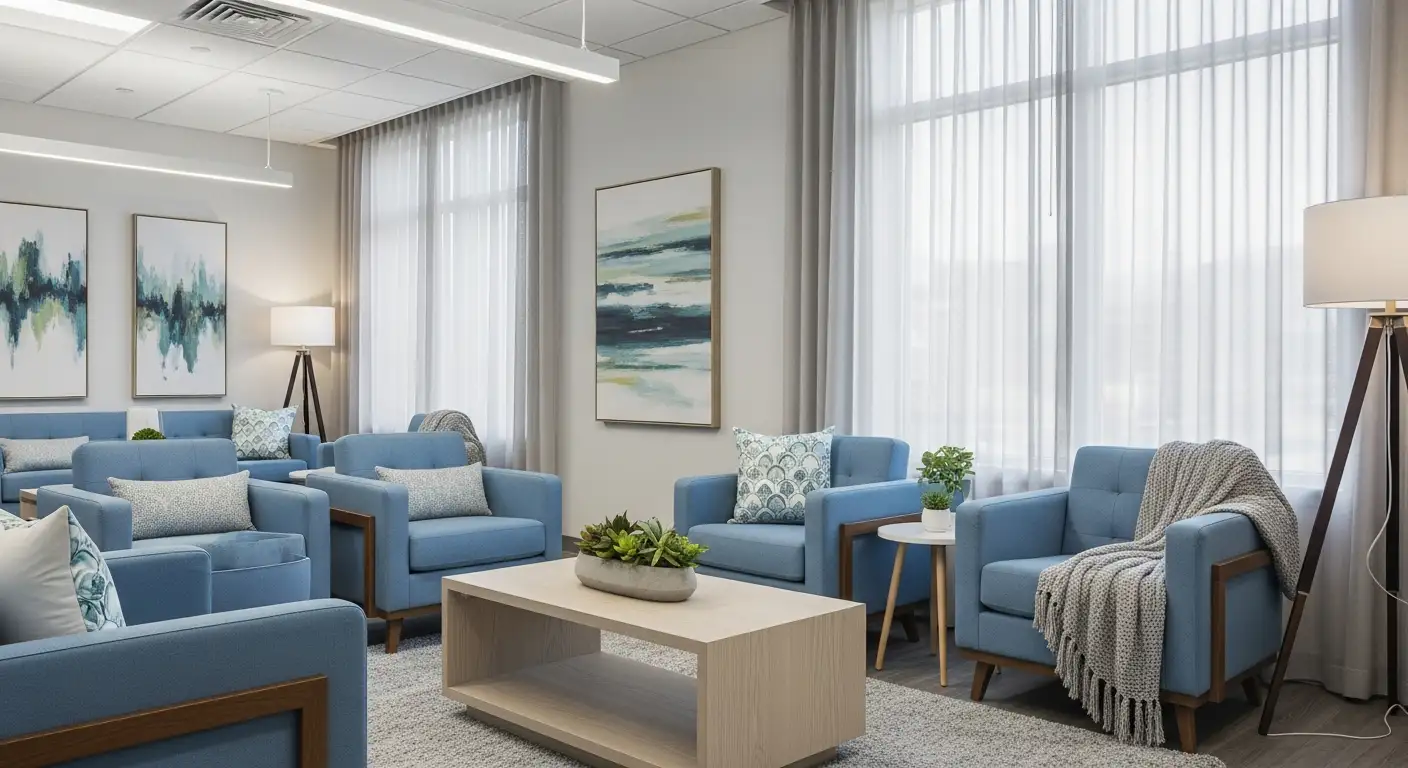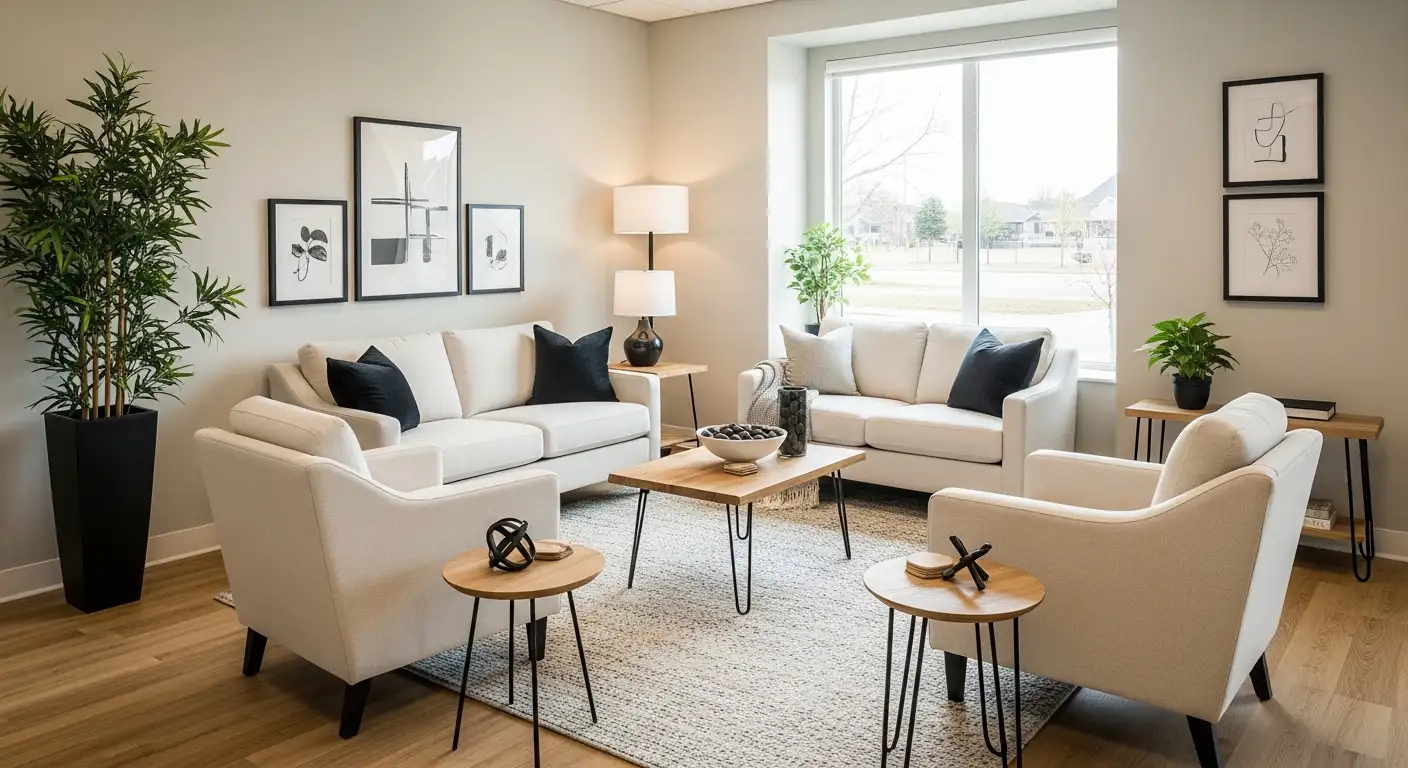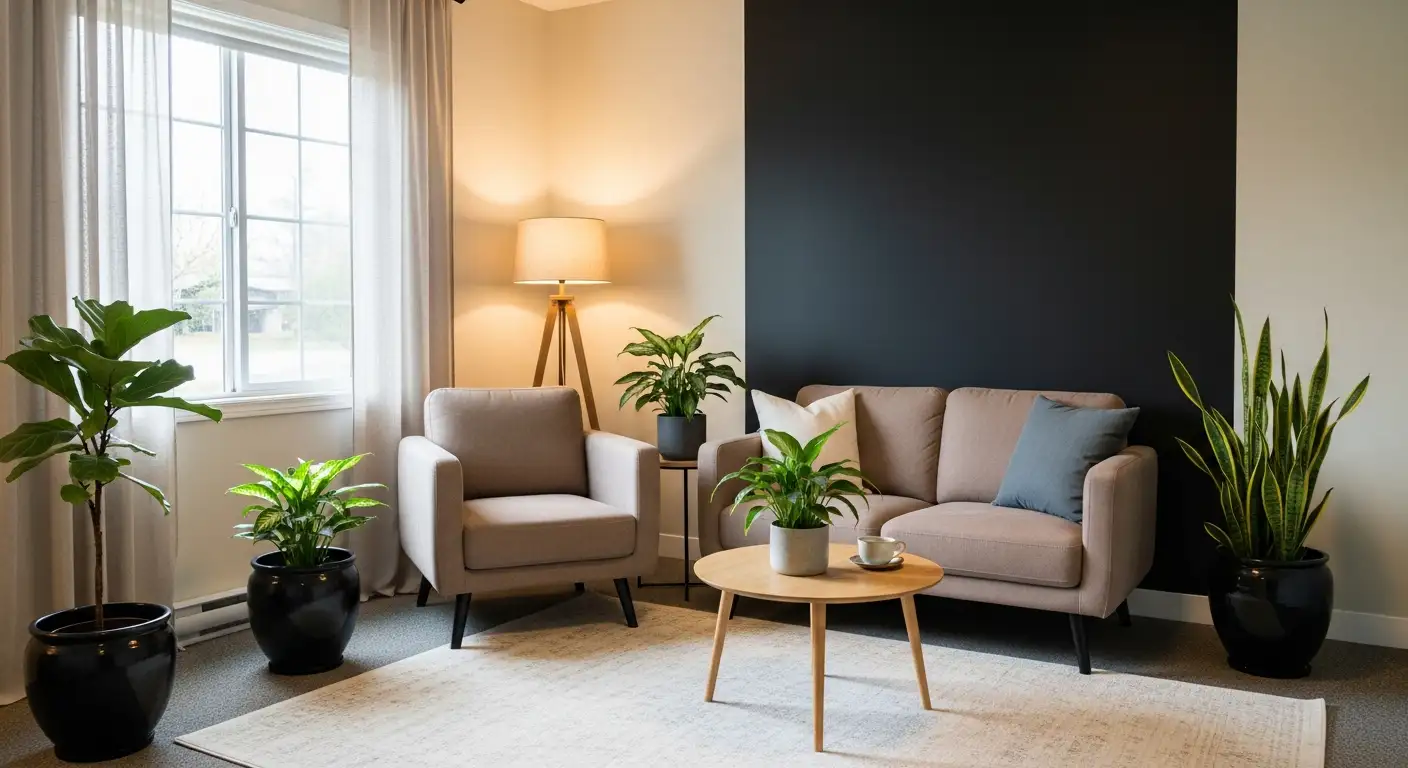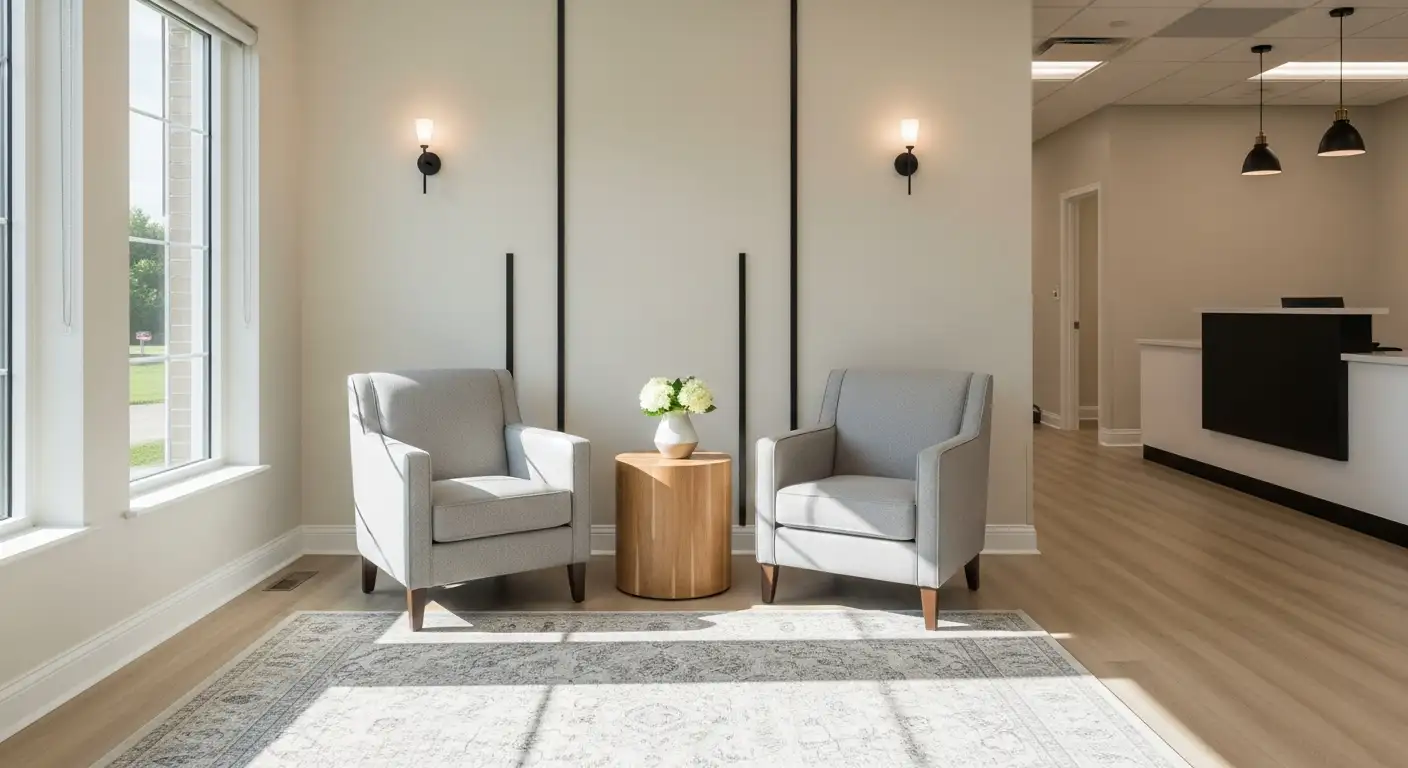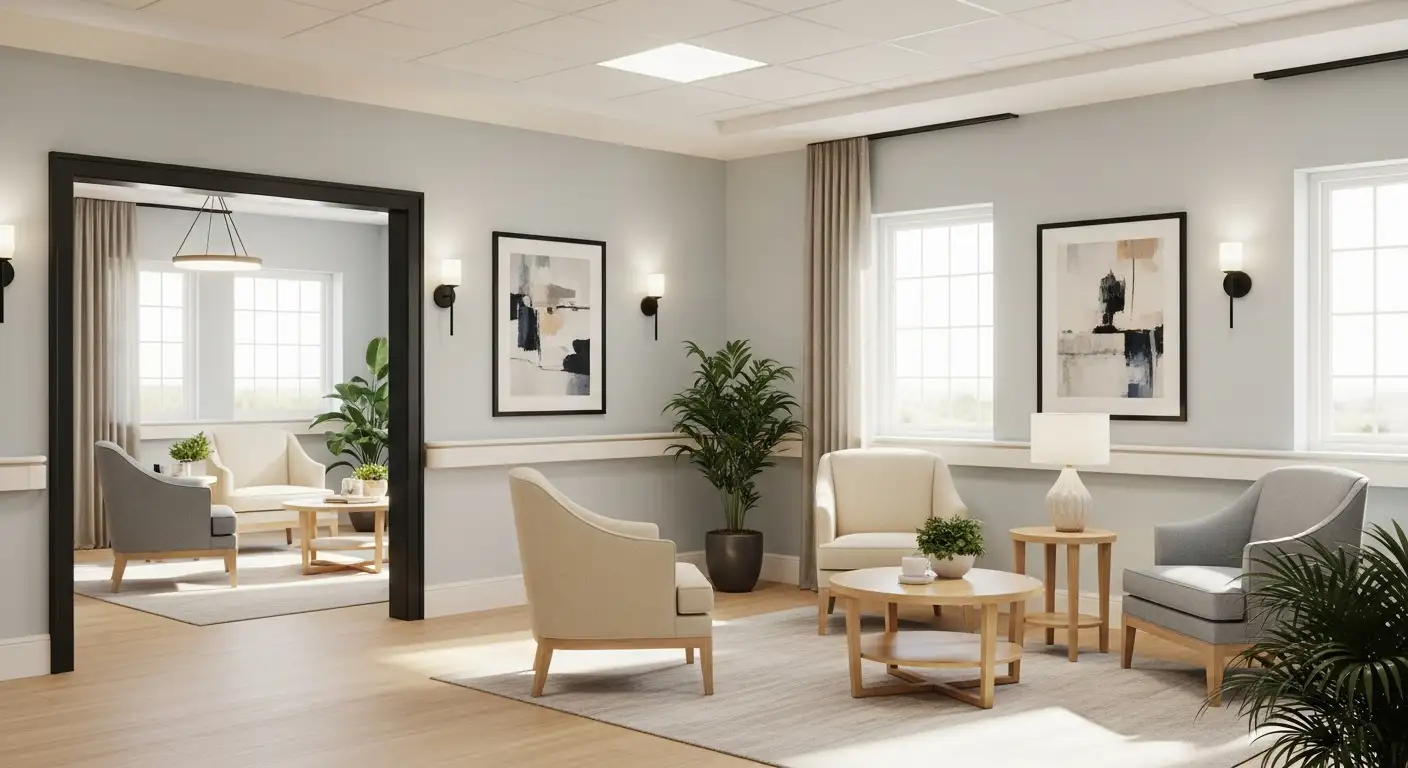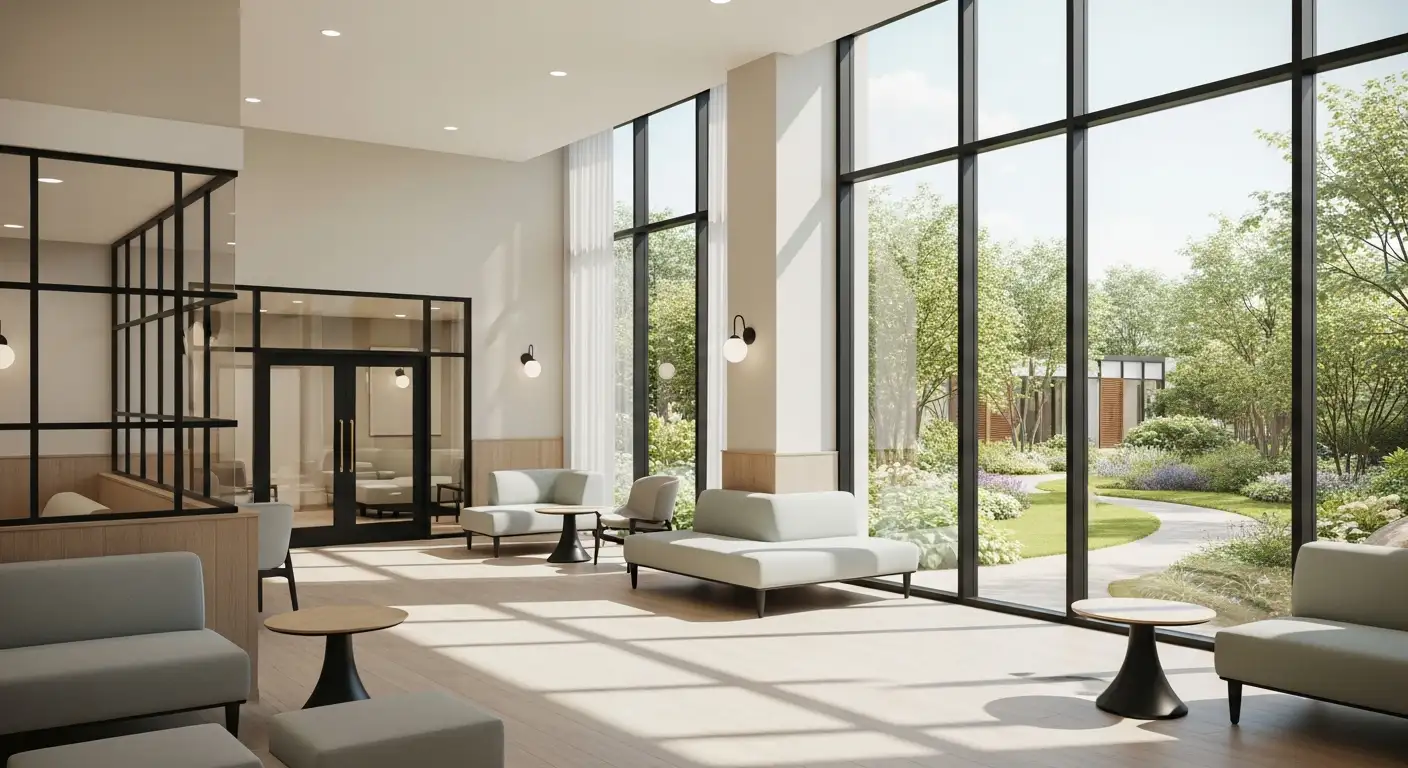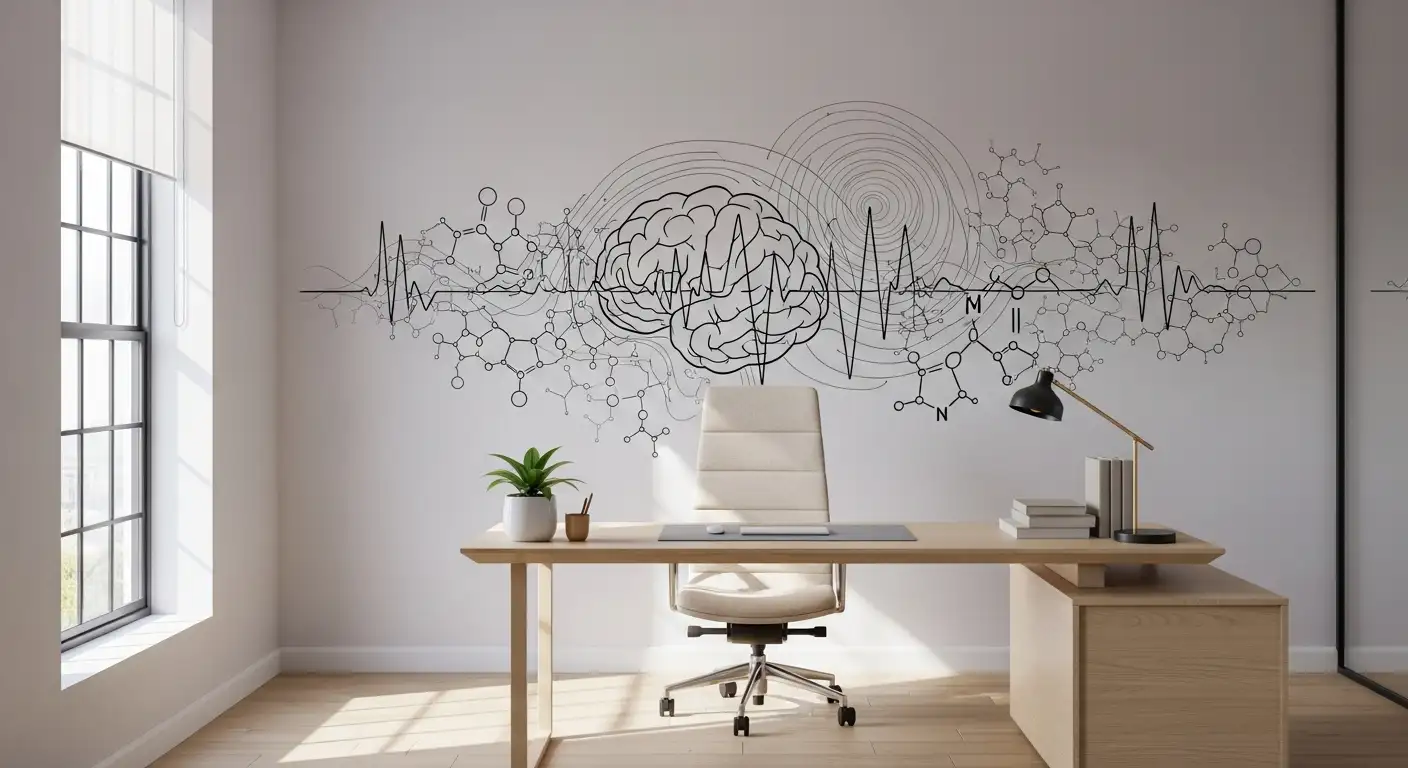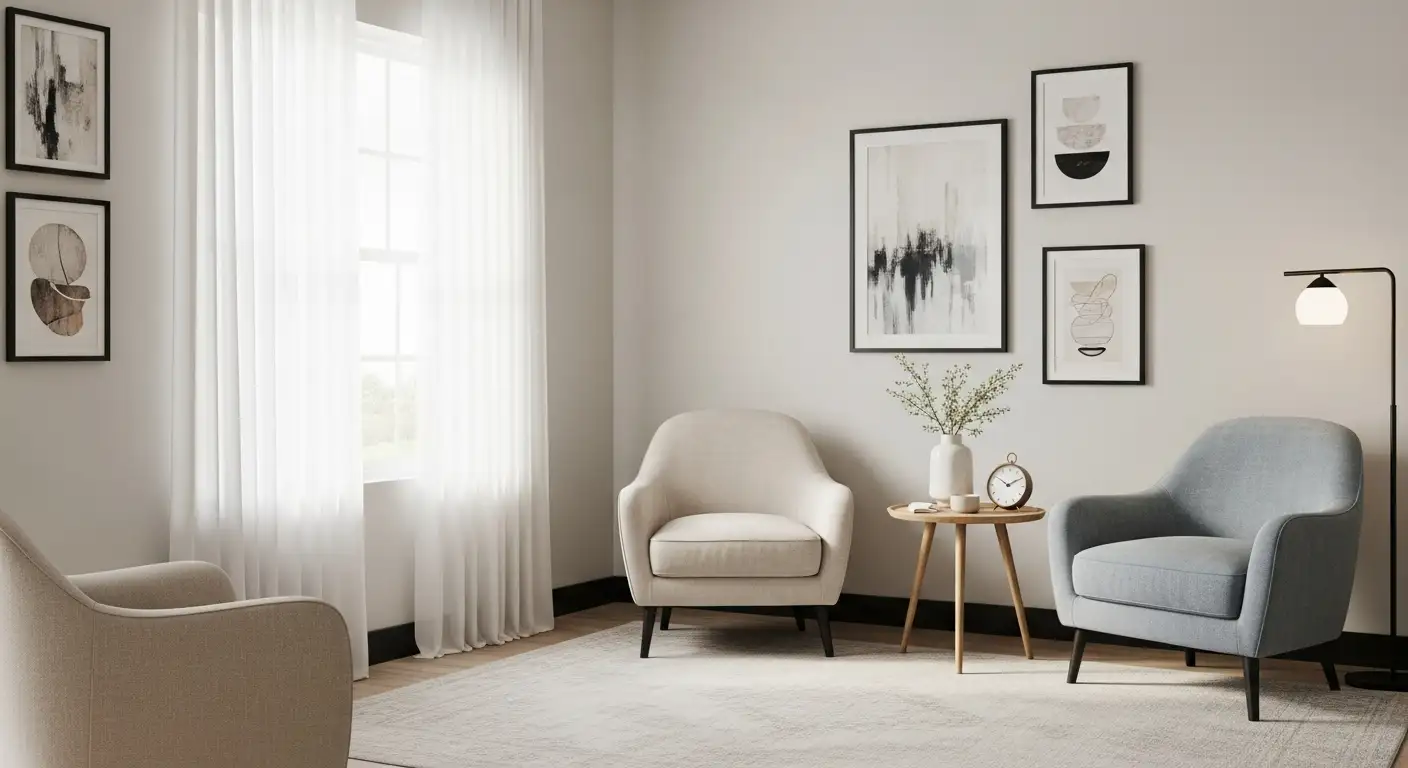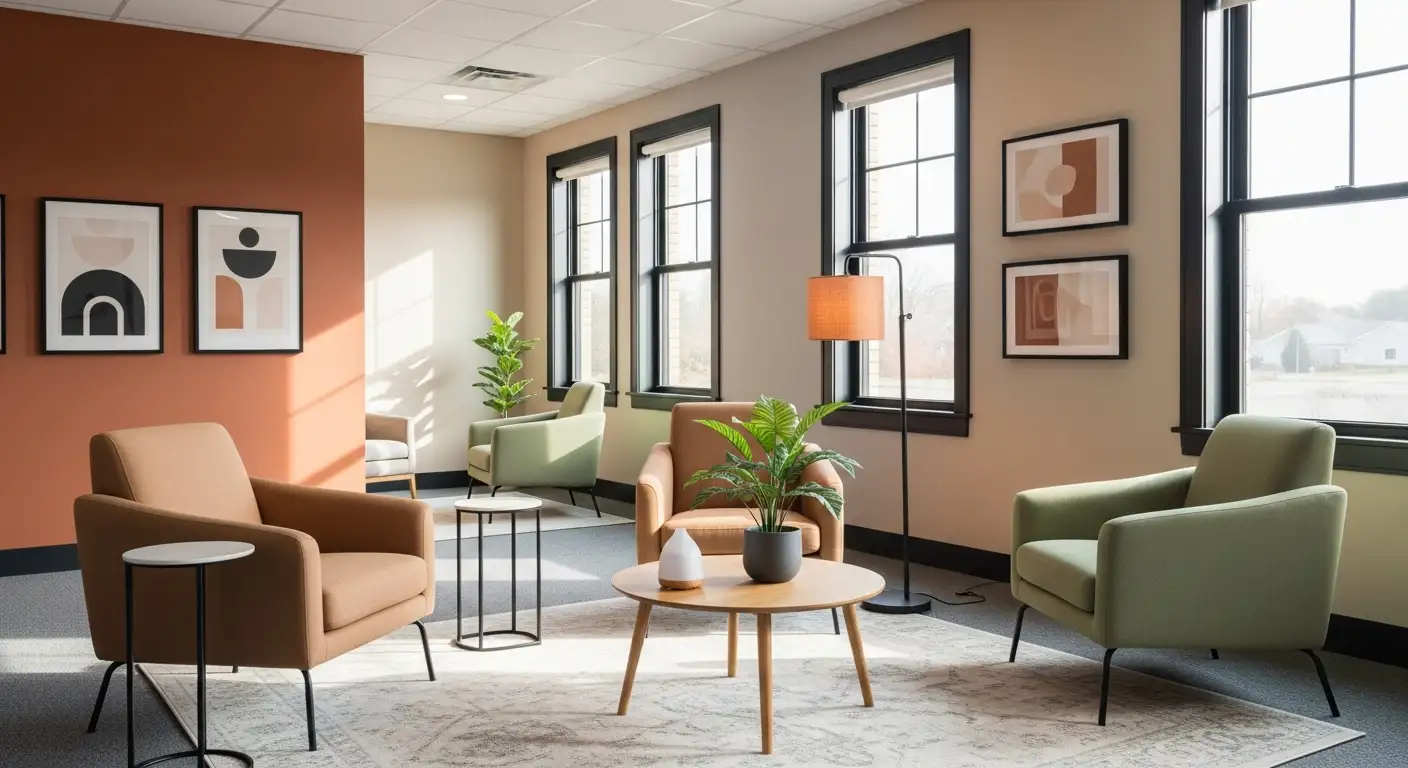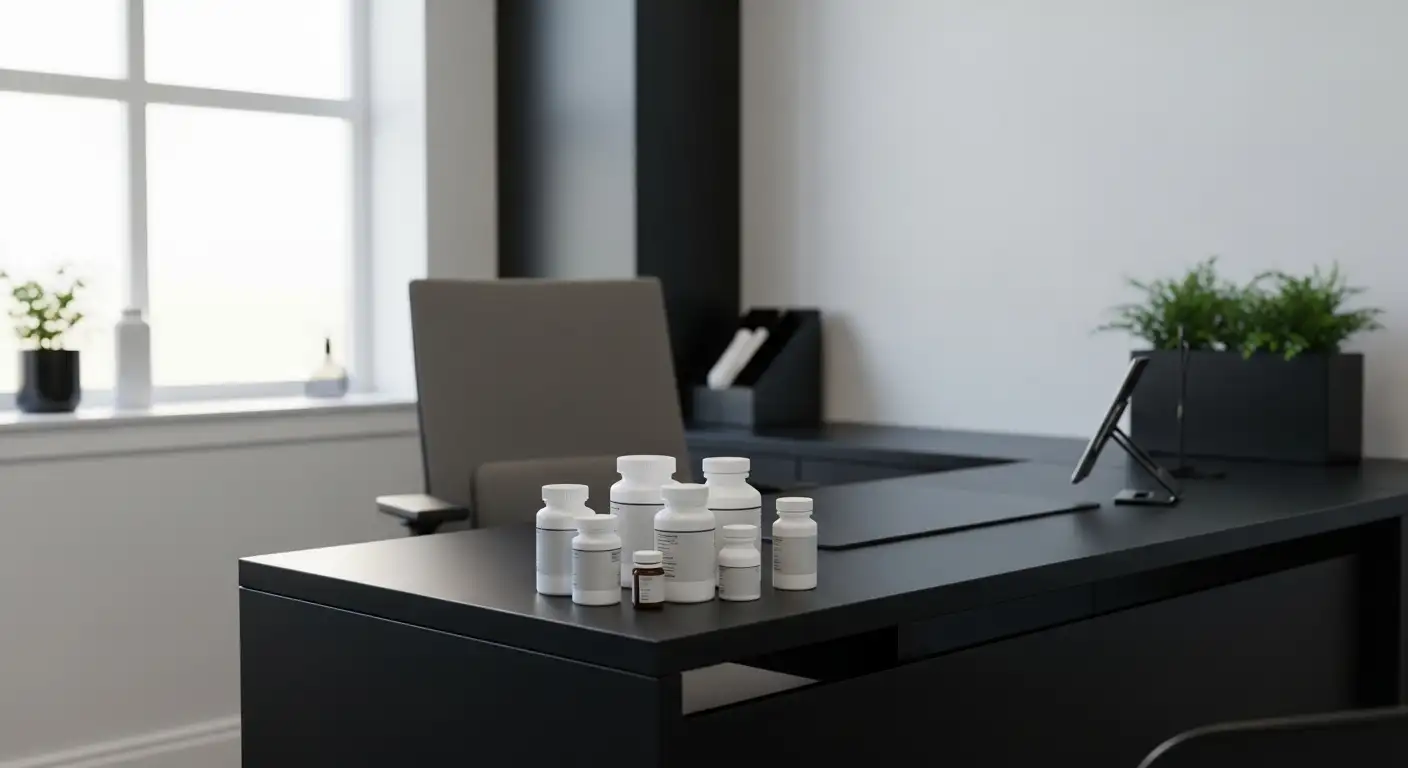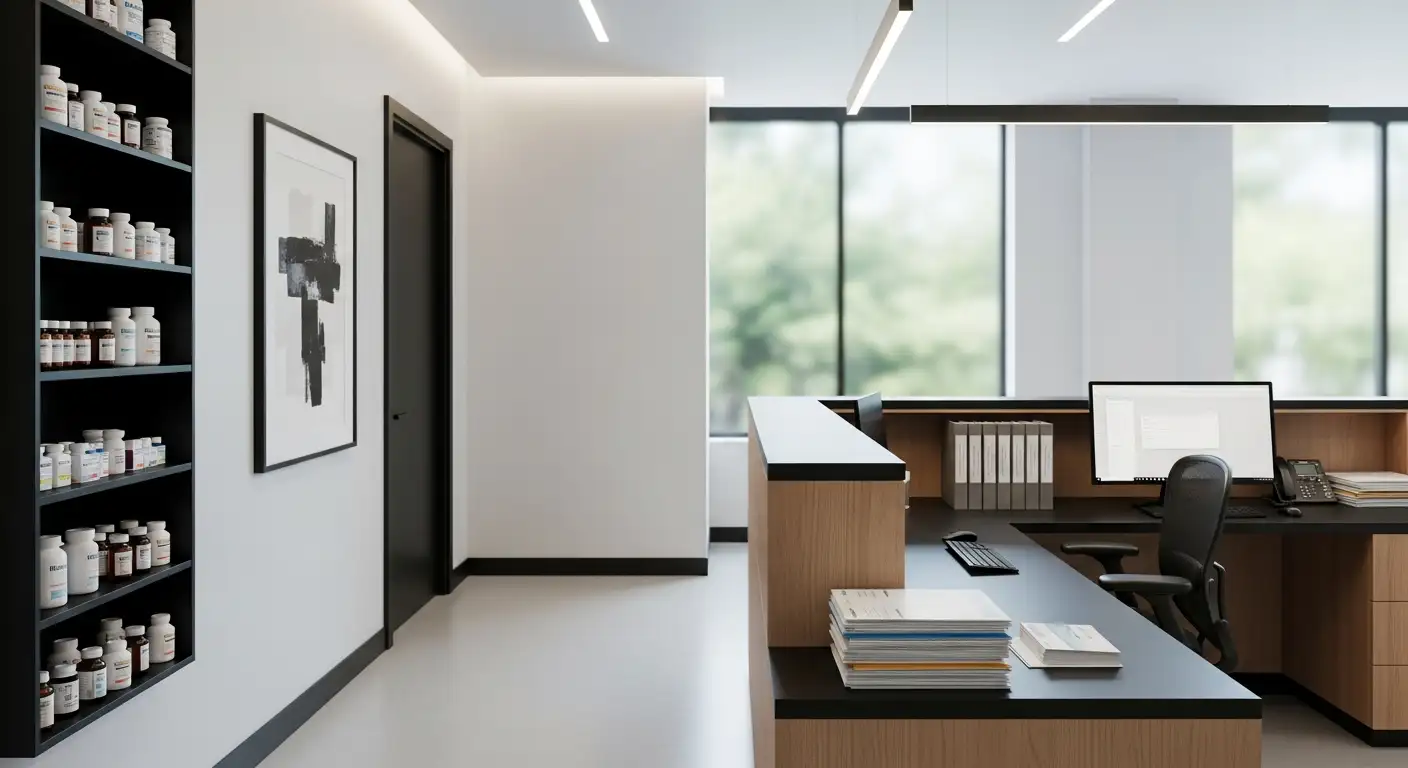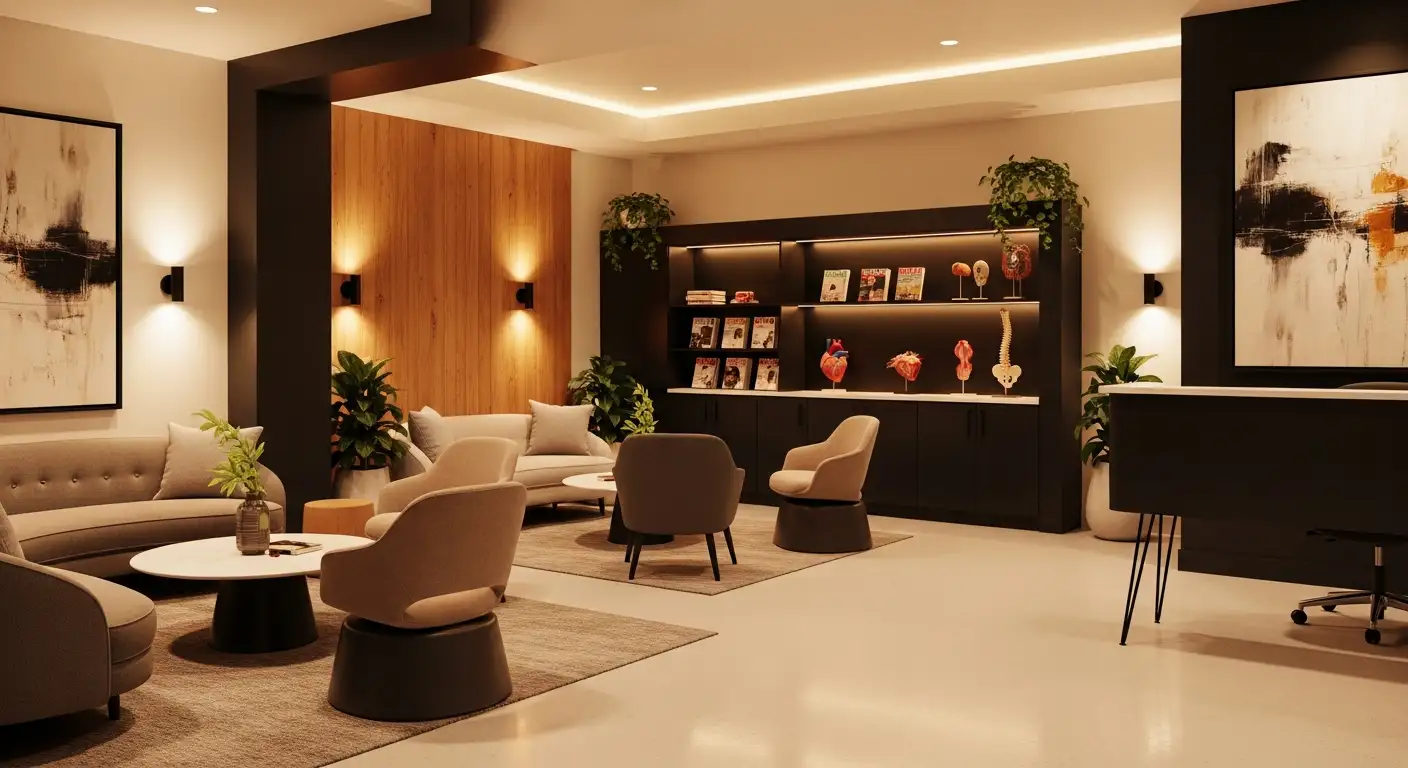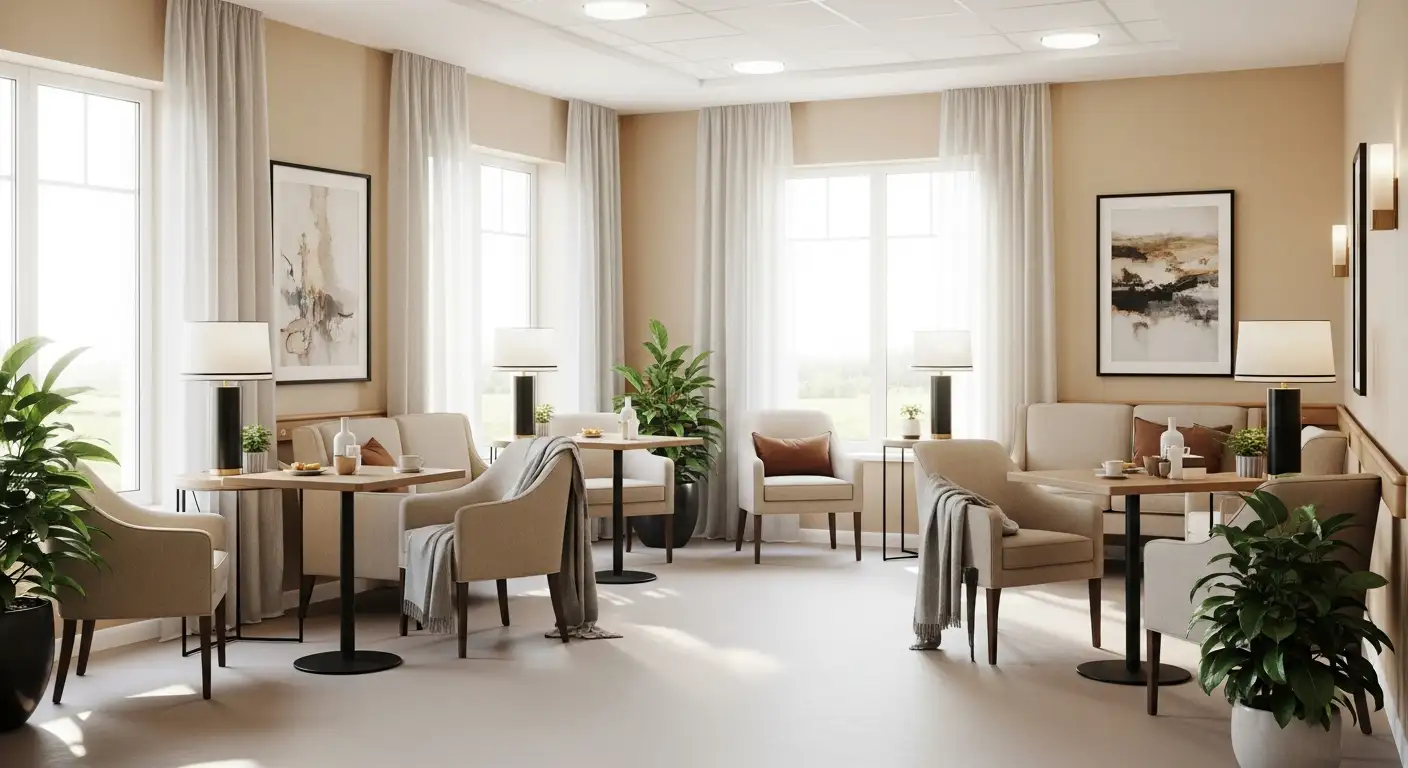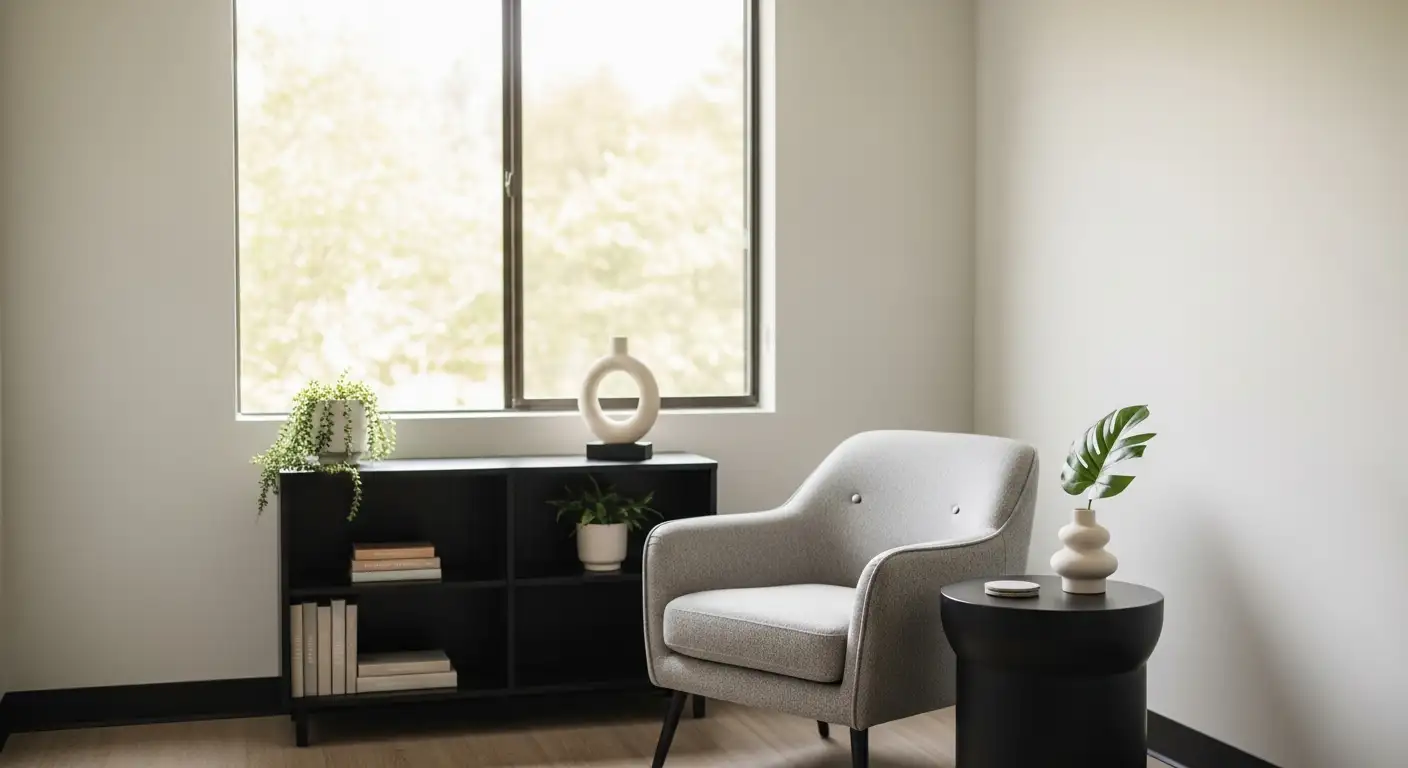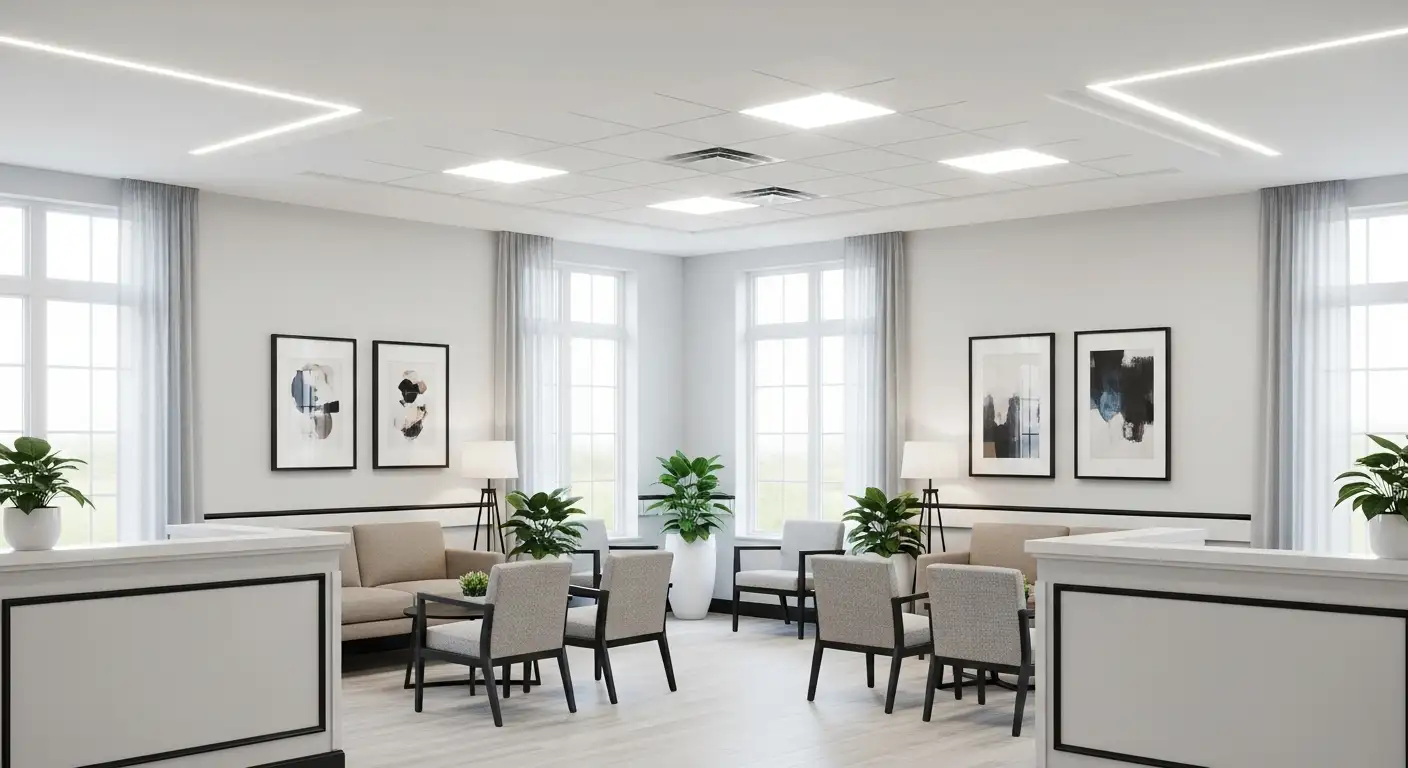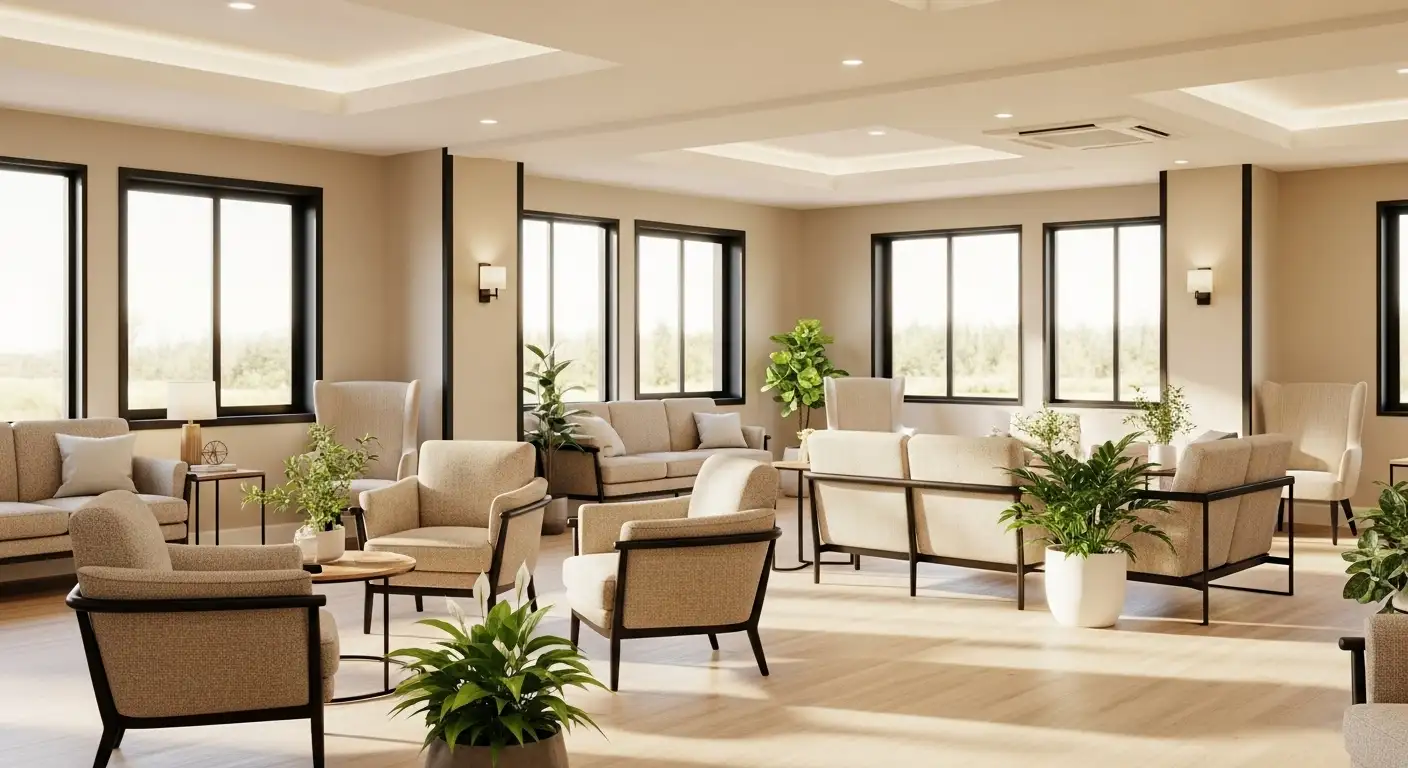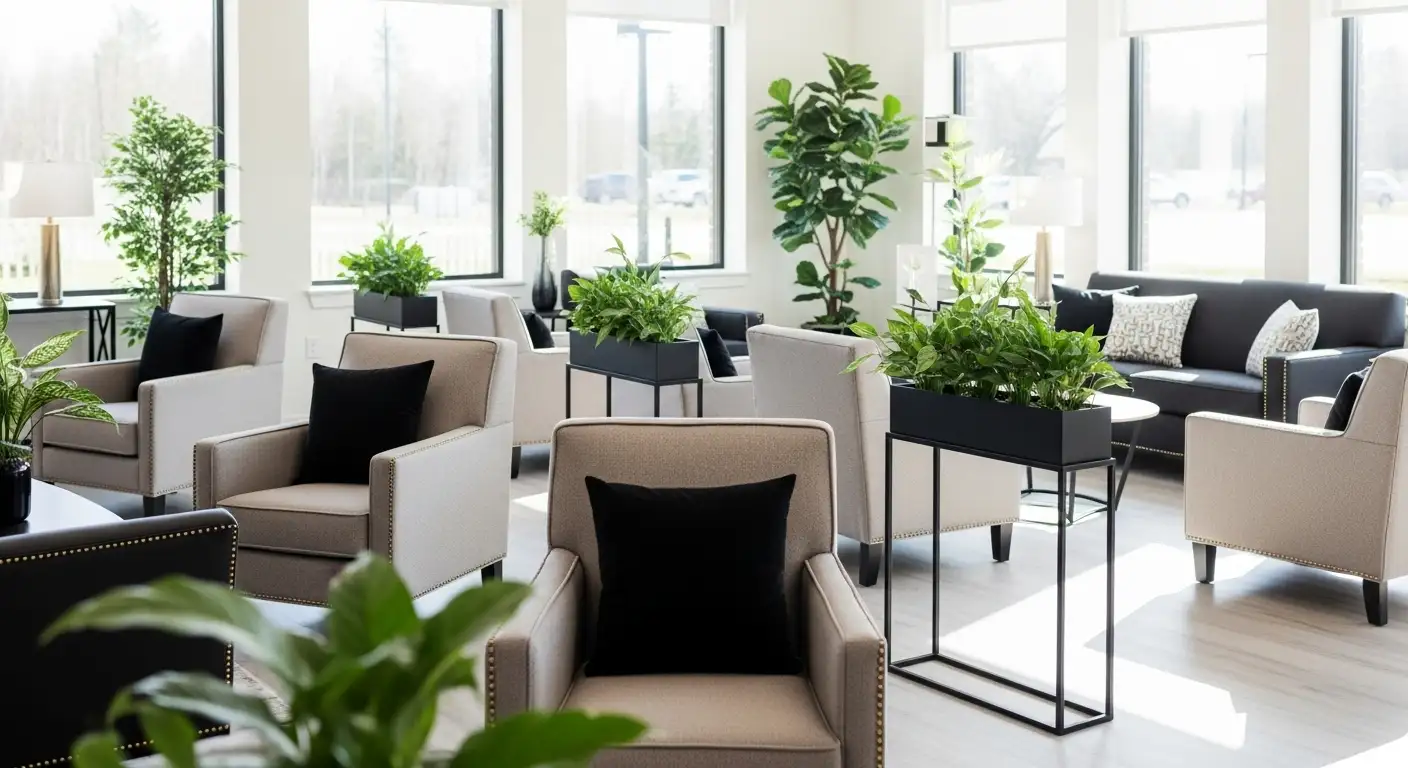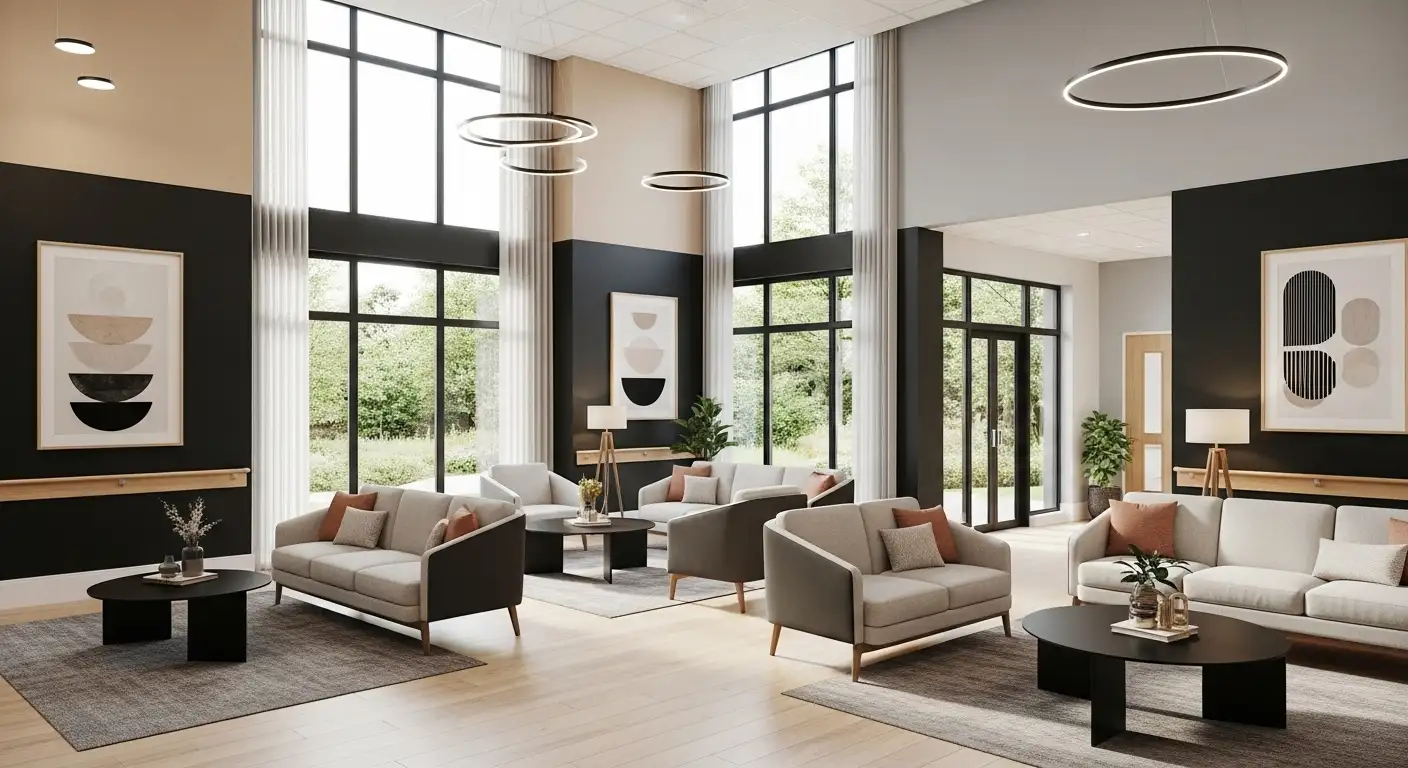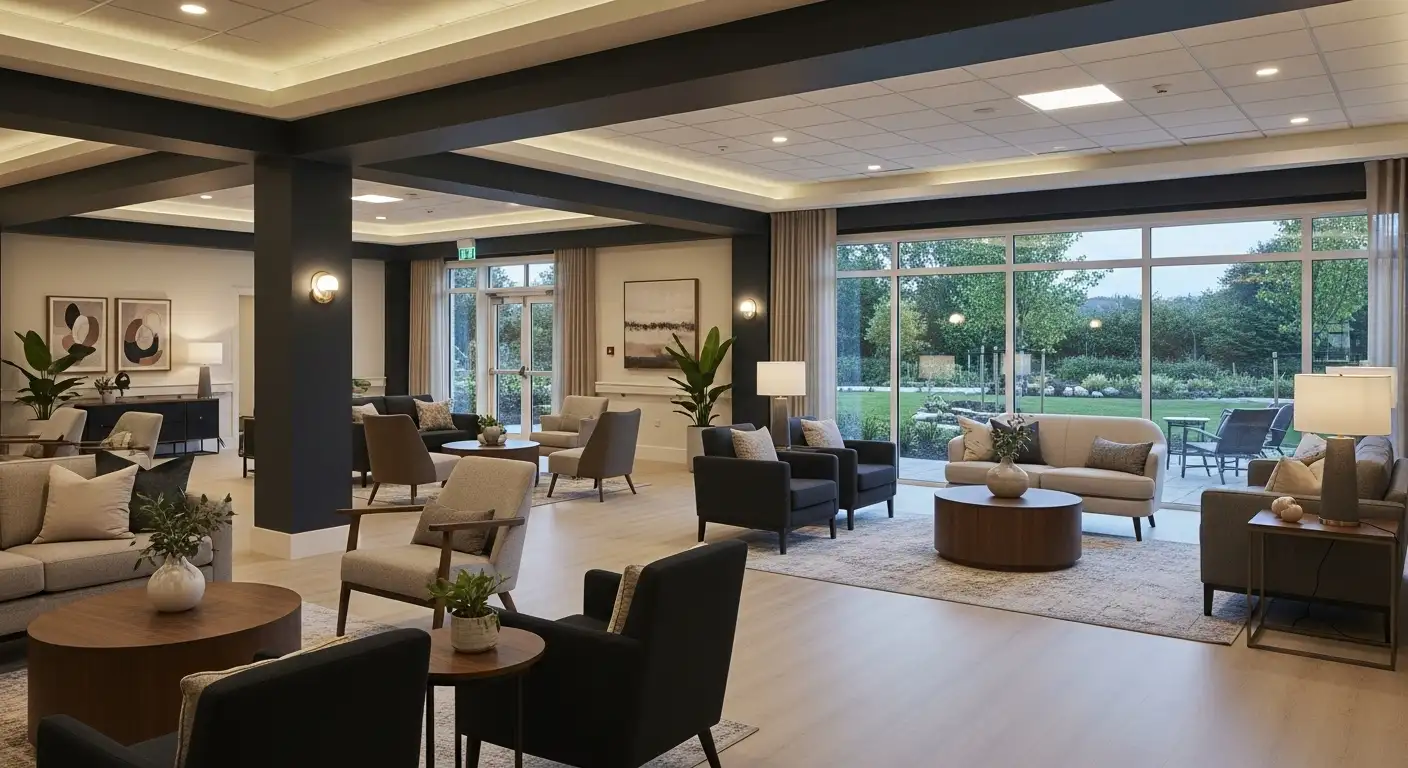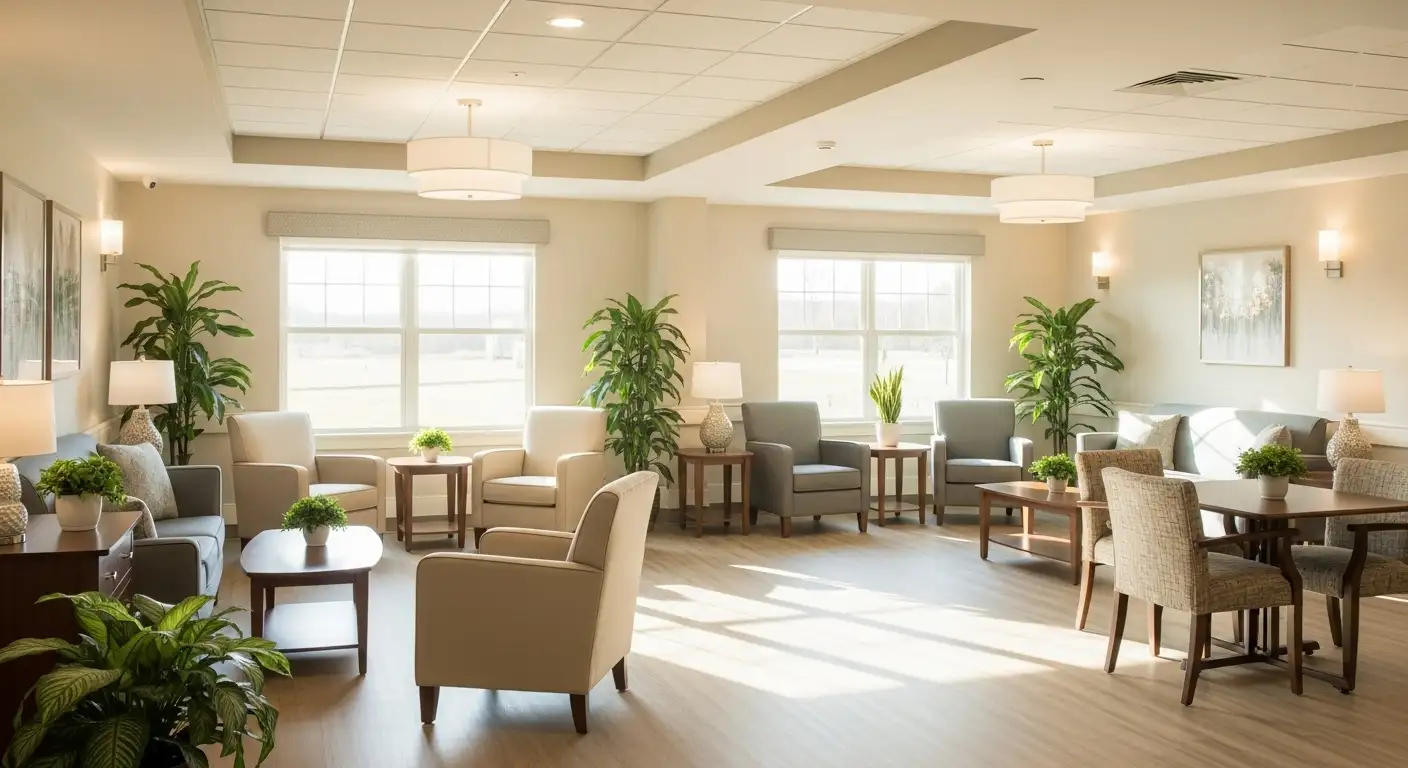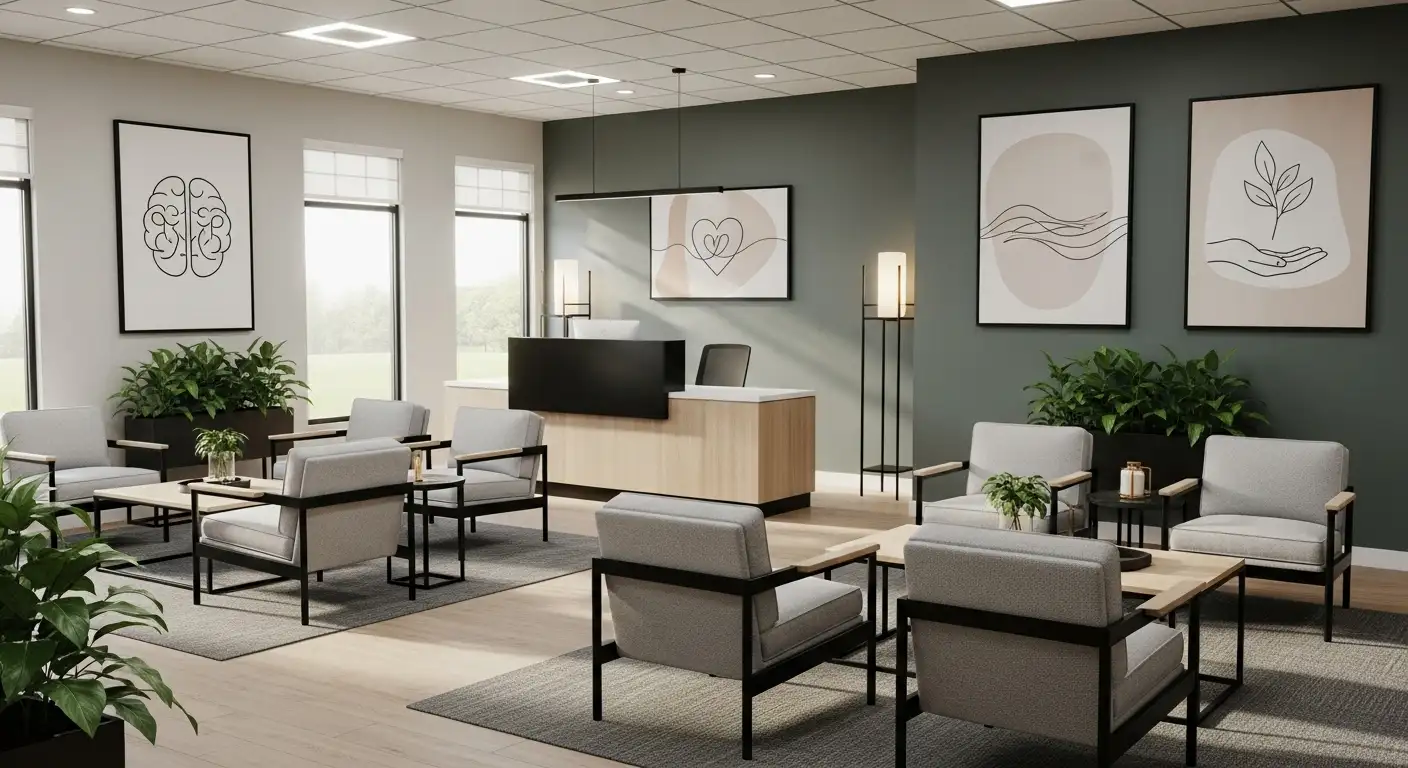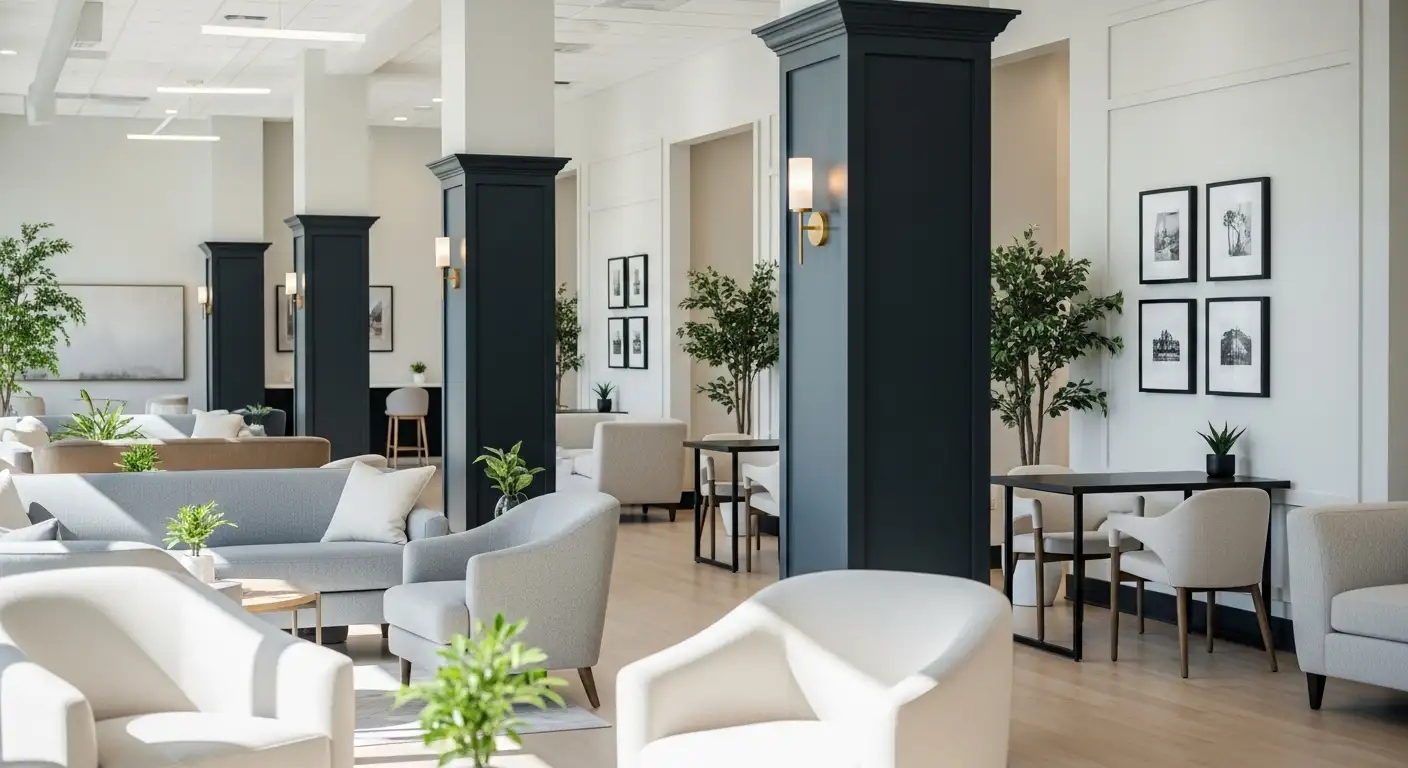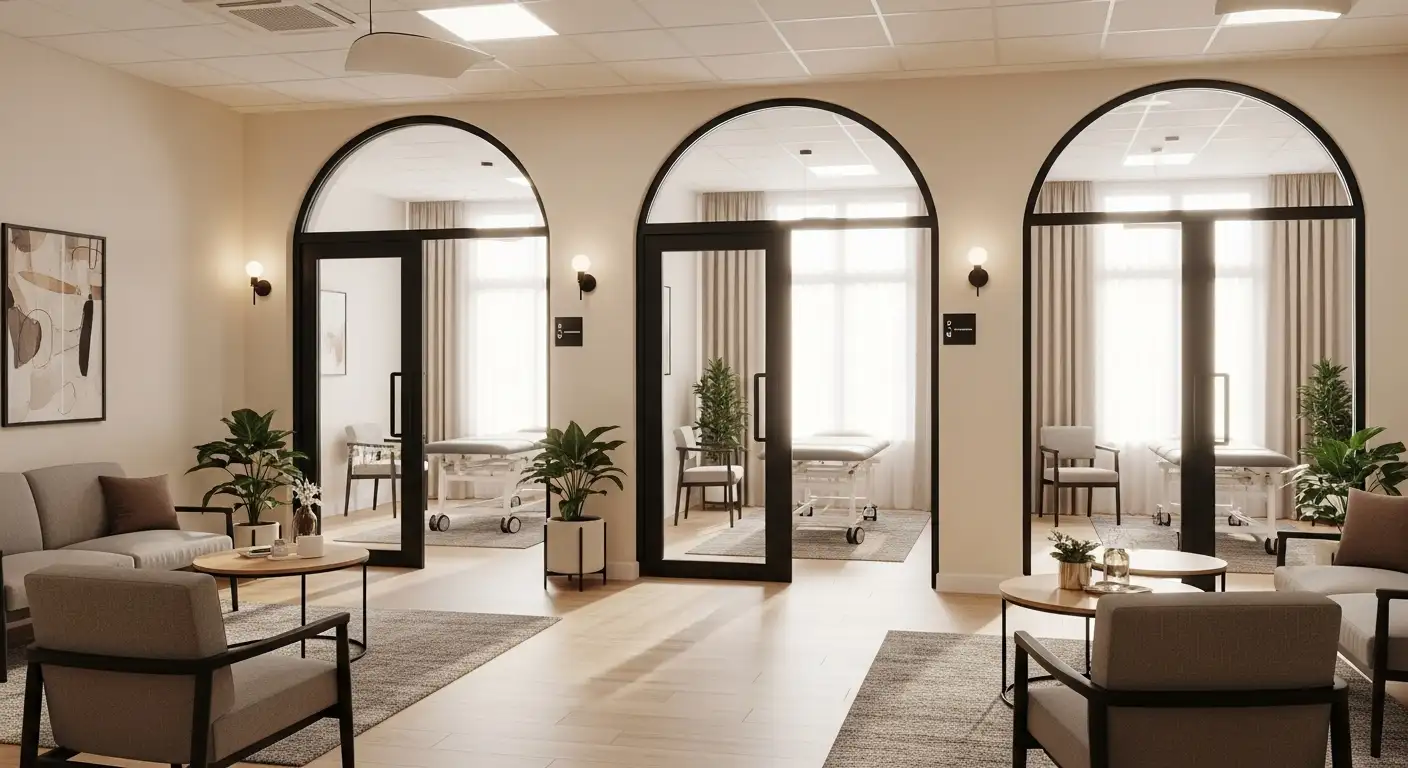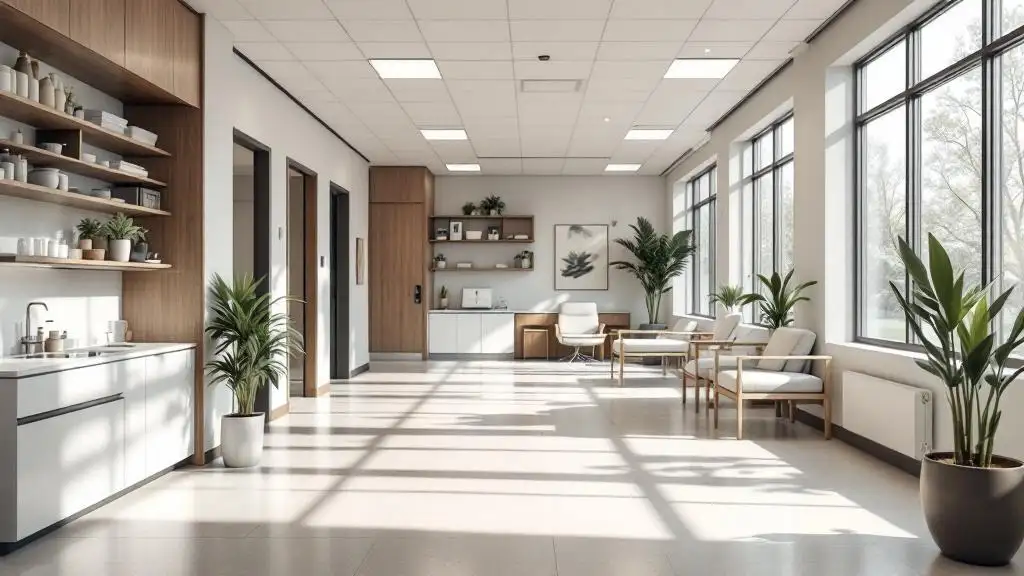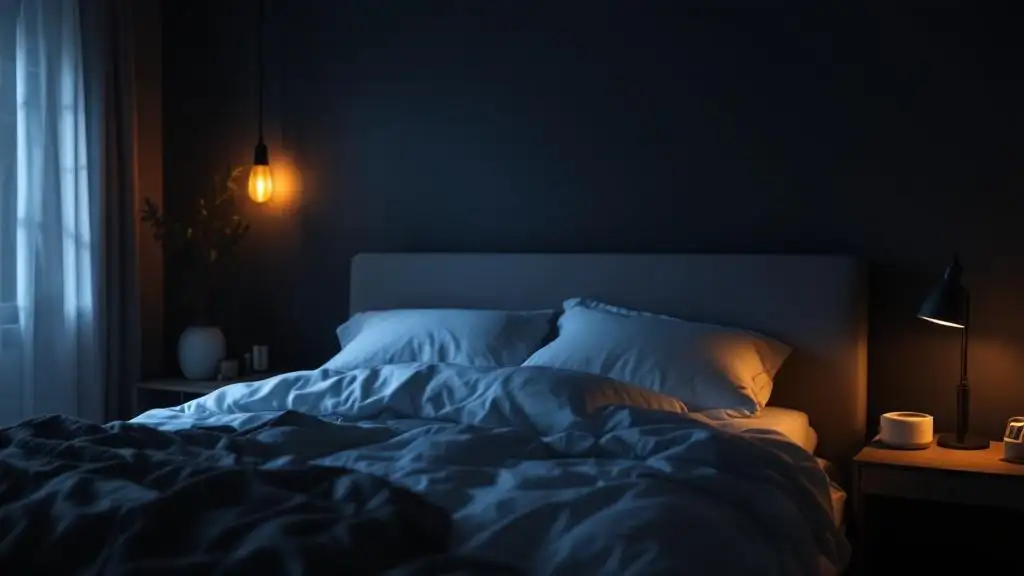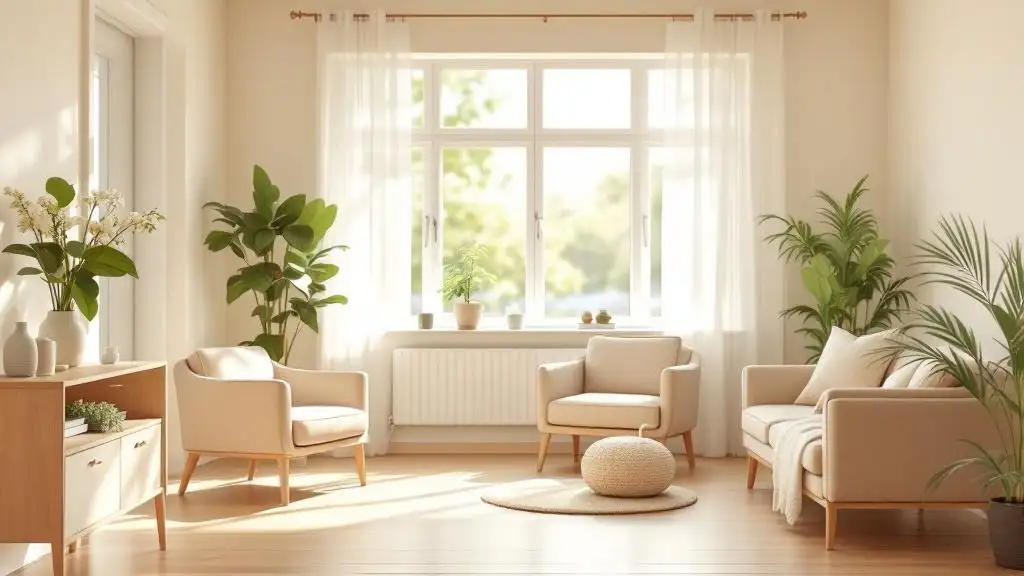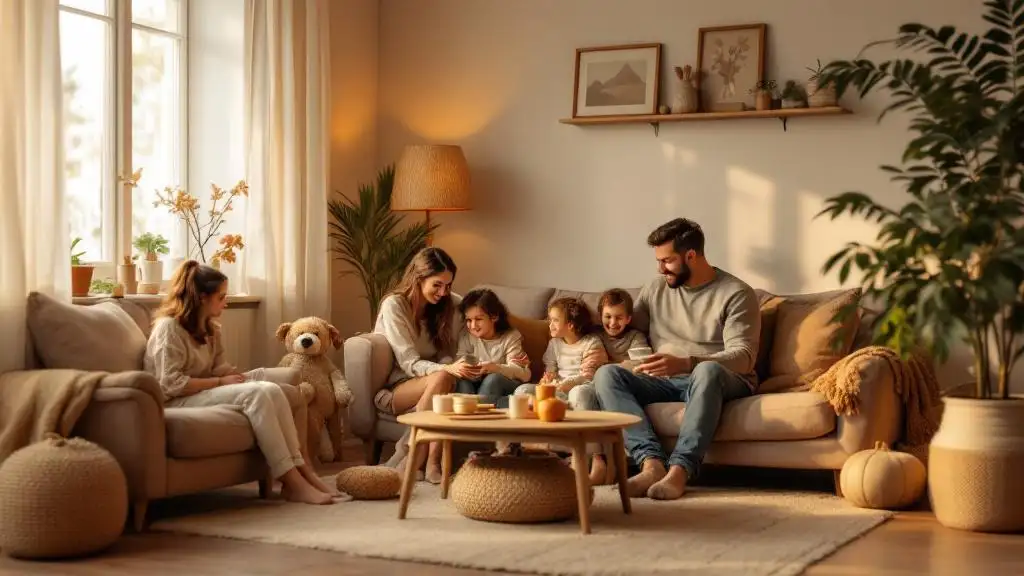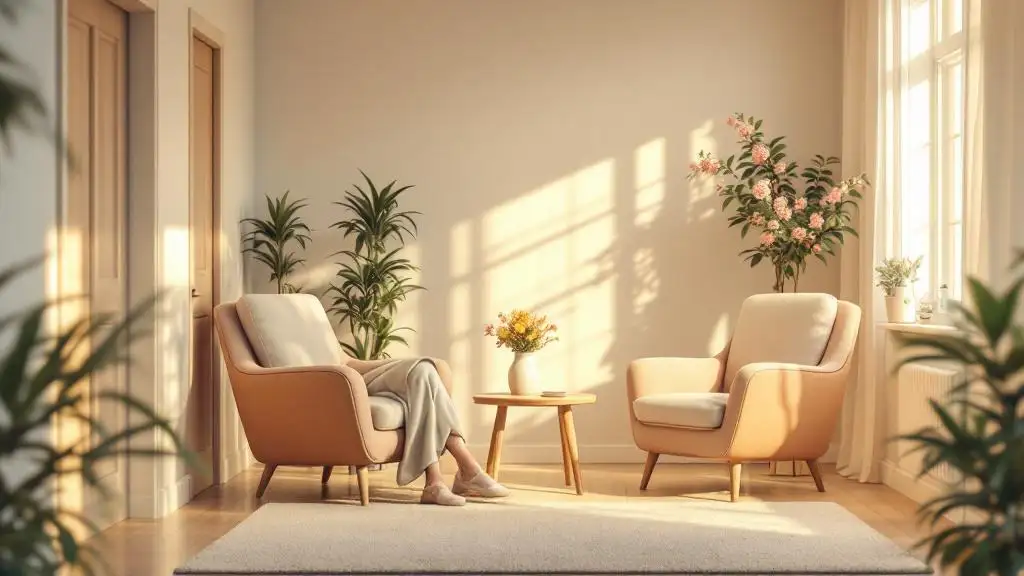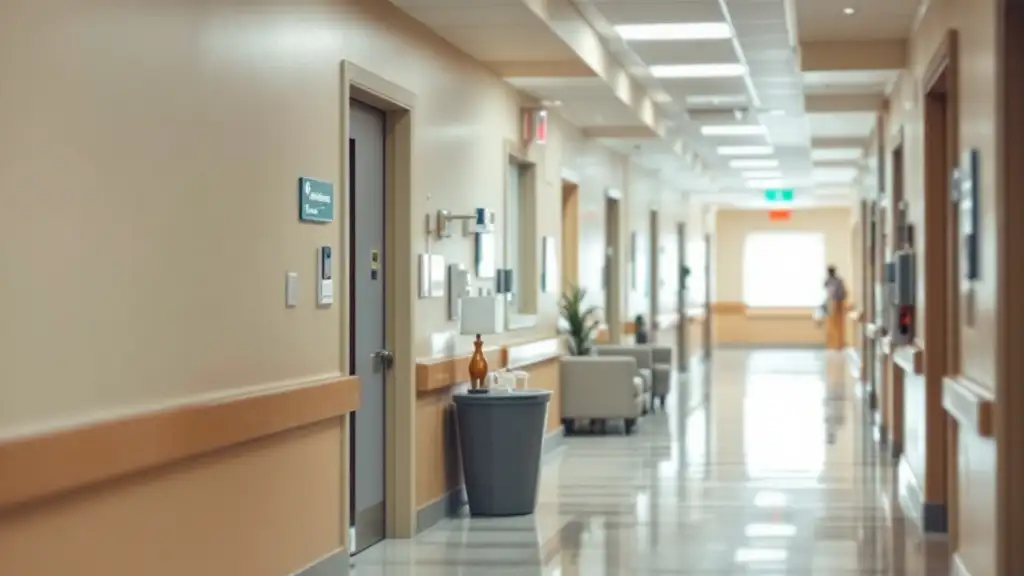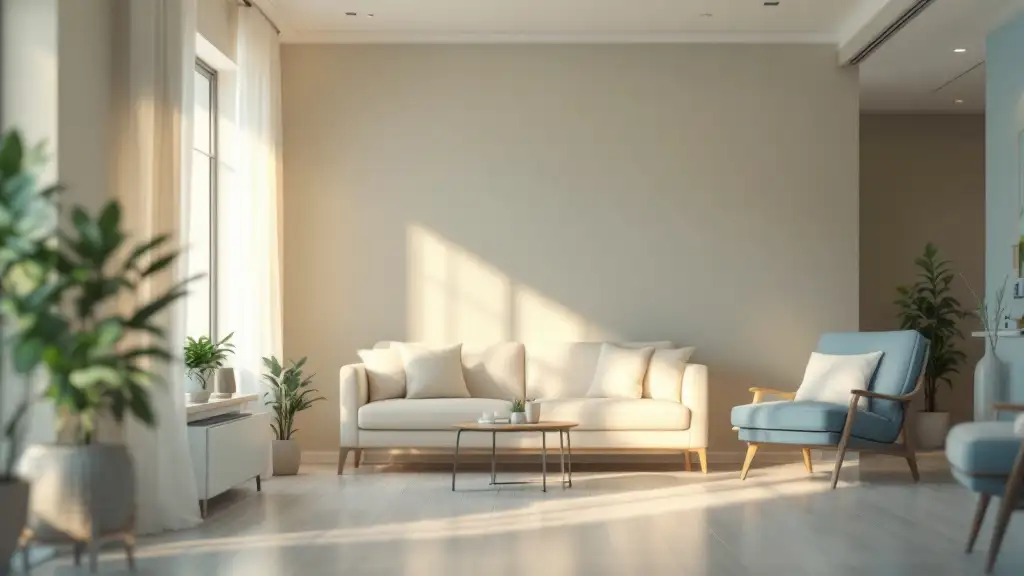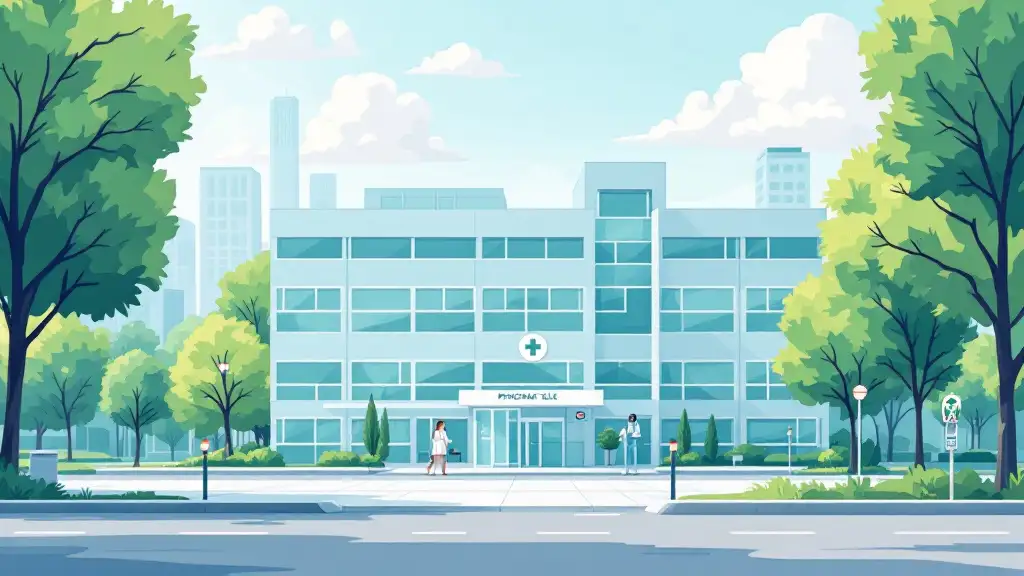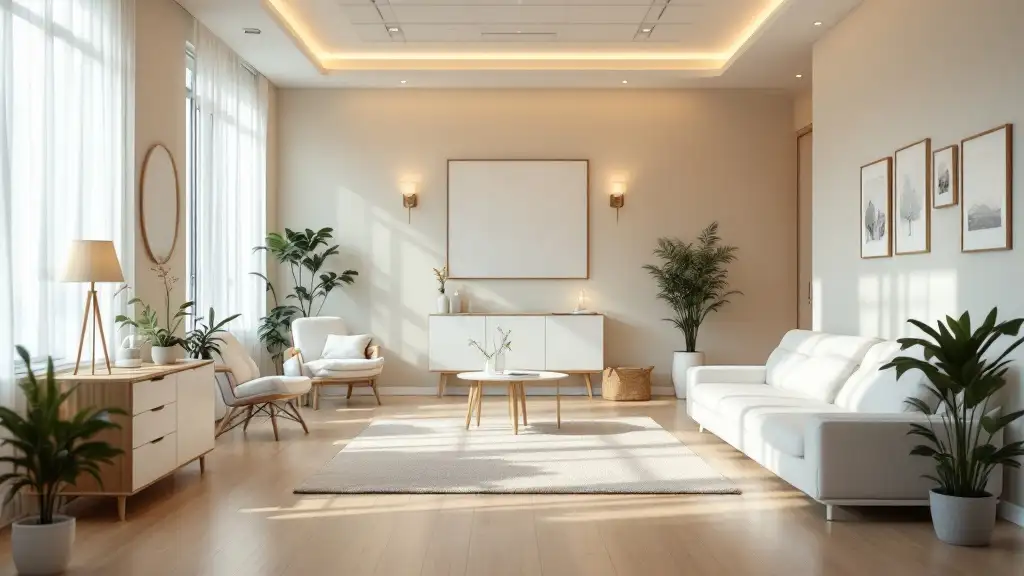Exploring Art Therapy's Transformative Impact for Memory Care Residents
Art therapy has emerged as a powerful intervention for individuals living in memory care settings, particularly those affected by dementia and related cognitive impairments. By engaging residents in creative processes such as painting, drawing, and crafts, art therapy offers more than just an artistic outlet; it provides a holistic approach that addresses emotional, cognitive, and social aspects of wellbeing. This article explores the multifaceted benefits of art therapy for memory care residents, highlighting how it promotes quality of life, emotional expression, cognitive engagement, and social connection.
What is Art Therapy and Its Role in Memory Care?
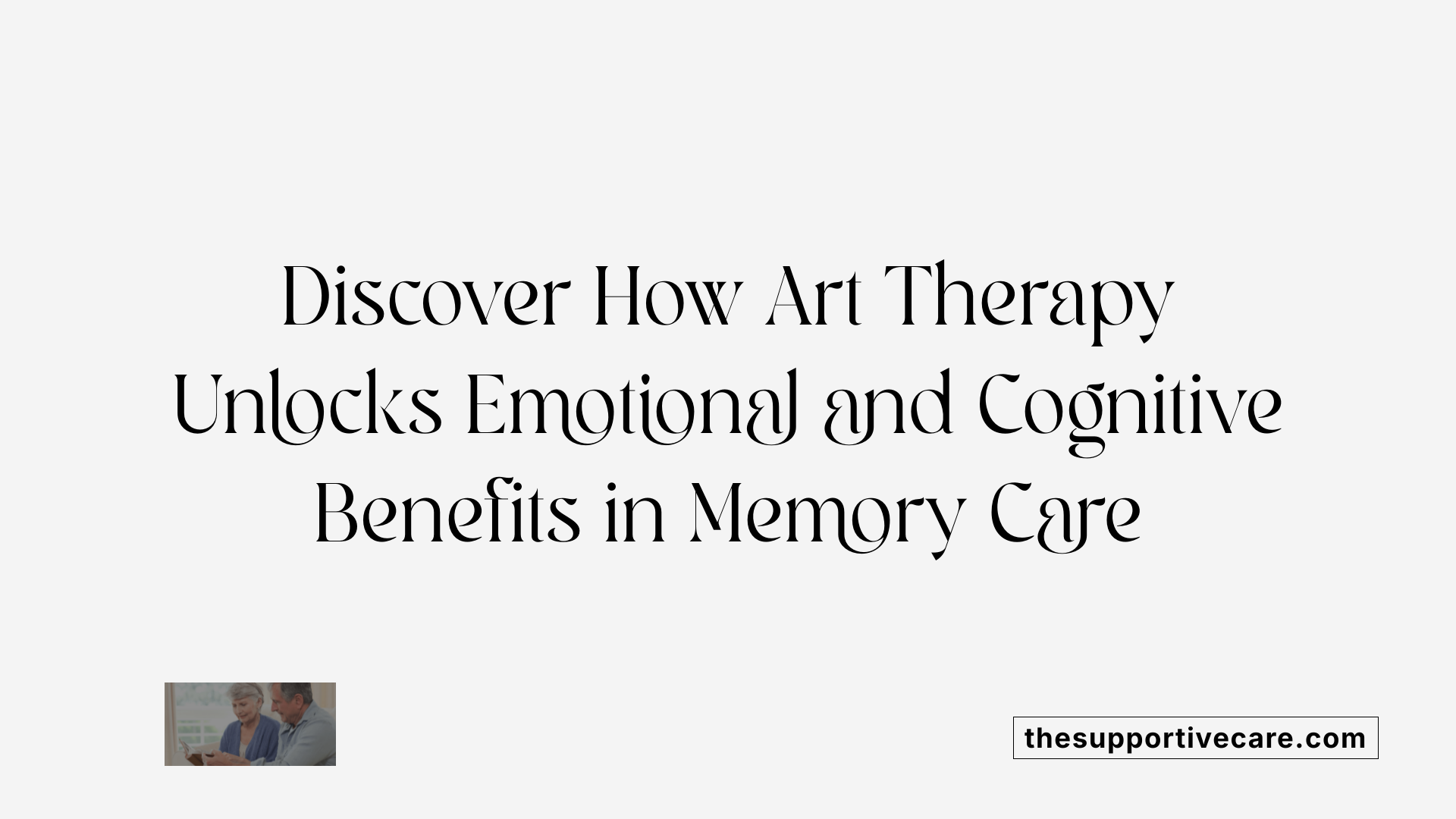
Definition and methods of art therapy
Art therapy is a form of psychotherapy that uses creative activities such as painting, drawing, sculpting, and coloring to help individuals express emotions and experiences that may be difficult to articulate verbally. This approach supports emotional relief and personal growth through artistic expression. Credentialed art therapists often incorporate multiple art forms, including music, movement, and writing, to tailor treatments to each client's needs.
Application in dementia and cognitive impairments
In memory care, especially for patients with dementia including Alzheimer's disease, art therapy plays a crucial role in enhancing quality of life. It helps improve self-esteem and fosters a sense of self-worth through mediums like painting, collage, and pottery. For cognitive impairments, art activities stimulate memory functions and promote neural engagement, supporting cognitive preservation and enhancing communication when language skills decline.
Engaging in art therapy has been shown to strengthen social connections among seniors, reducing feelings of isolation and loneliness. It also serves as a form of gentle physical activity, benefiting those with chronic illnesses by improving dexterity and circulation.
Art therapy as a person-centered, holistic treatment
Art therapy embodies a holistic, person-centered approach that addresses emotional, clinical, social, and spiritual needs. This mirrors the philosophy of comprehensive treatment services for substance abuse and mental health issues, which utilize multidisciplinary methods to support recovery and well-being. By fostering emotional expression, cognitive stimulation, and social interaction, art therapy promotes mental health across various conditions and supports long-term healing and rehabilitation in memory care settings.
Enhancing Emotional Expression and Regulation Through Art
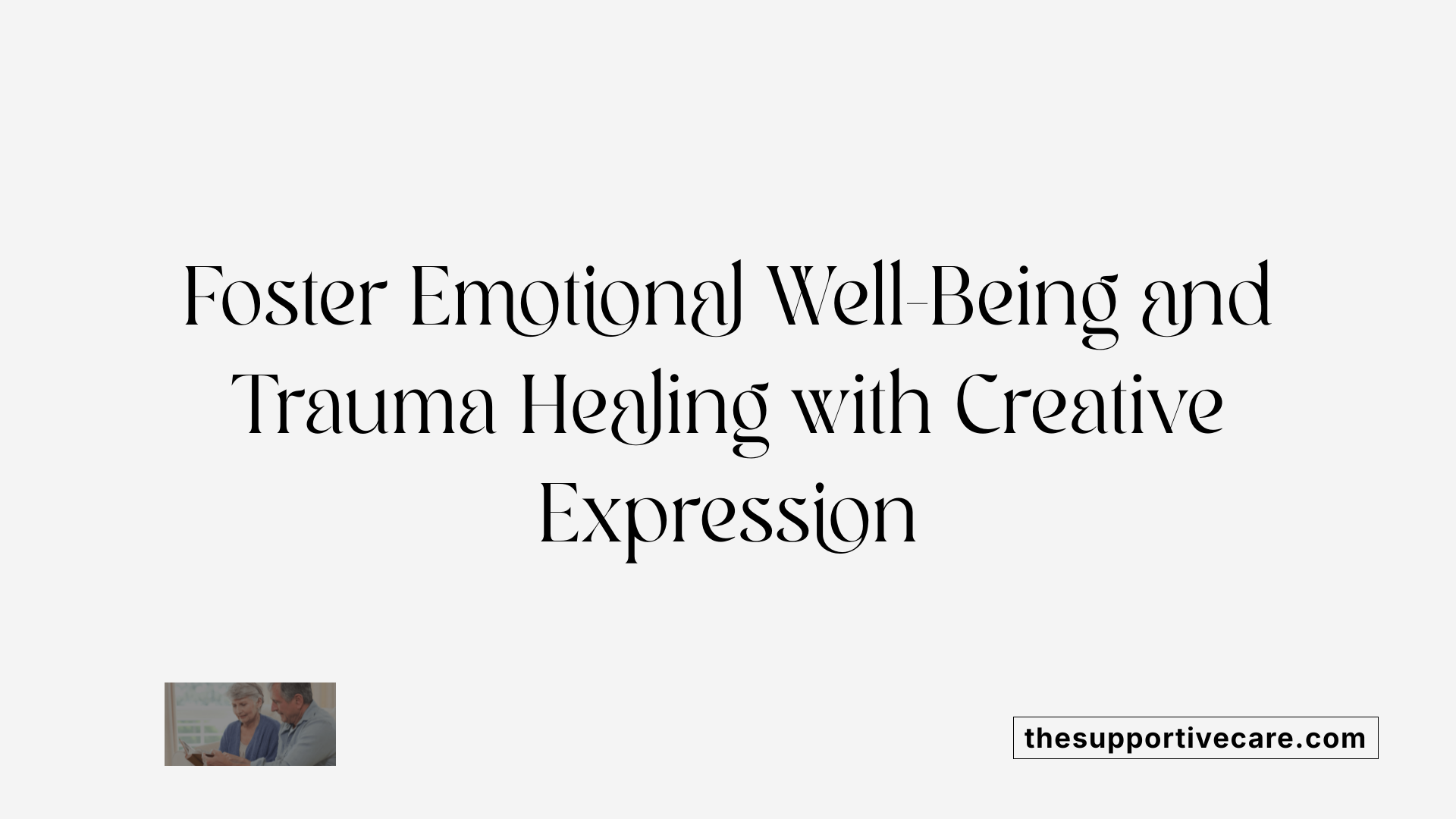
How Does Art Therapy Facilitate Emotional Expression?
Art therapy provides a unique, nonverbal way for individuals to express complex emotions that may be difficult to communicate through words. Using creative activities like painting, drawing, and sculpting, participants can explore and release feelings in a supportive environment. This process not only fosters self-awareness but also helps in processing emotional trauma, reducing stress, and improving emotional regulation.
What Are the Benefits for Memory Care Residents with Language Difficulties?
For residents in memory care, especially those with dementia or Alzheimer's disease, art therapy offers a vital outlet for emotional and cognitive engagement. Since language abilities often decline in these individuals, art-making enables them to communicate through colors and images, bypassing verbal barriers. This form of expression can enhance self-esteem, foster a sense of empowerment, and strengthen connections with caregivers and family members.
How Does Art Therapy Provide Emotional Relief and Aid Trauma Processing?
Art therapy supports emotional healing by creating a safe space for individuals to explore and work through difficult feelings and past traumas. The creative process facilitates integration of visual and verbal memory, essential for regulating emotional responses. It also activates large-scale brain networks involved in self-regulation and cognition, contributing to reduced anxiety and improved mood, especially for those facing co-occurring mental health and substance use disorders.
Addressing Co-occurring Substance Abuse and Mental Health Disorders
Treatment programs that tackle co-occurring disorders often incorporate art therapy to support emotional regulation and expression. This integrated, individualized approach helps clients manage complexities by engaging neural systems related to reward, emotion, and cognition. In memory care settings, similar principles apply, where art therapy aids residents in expressing emotions nonverbally, providing relief when traditional communication is impaired.
Through these multifaceted benefits, art therapy emerges as a powerful tool to enhance emotional expression and regulation across diverse populations, including those with cognitive impairments and complex mental health needs.
Cognitive Stimulation and Memory Support Through Artistic Engagement
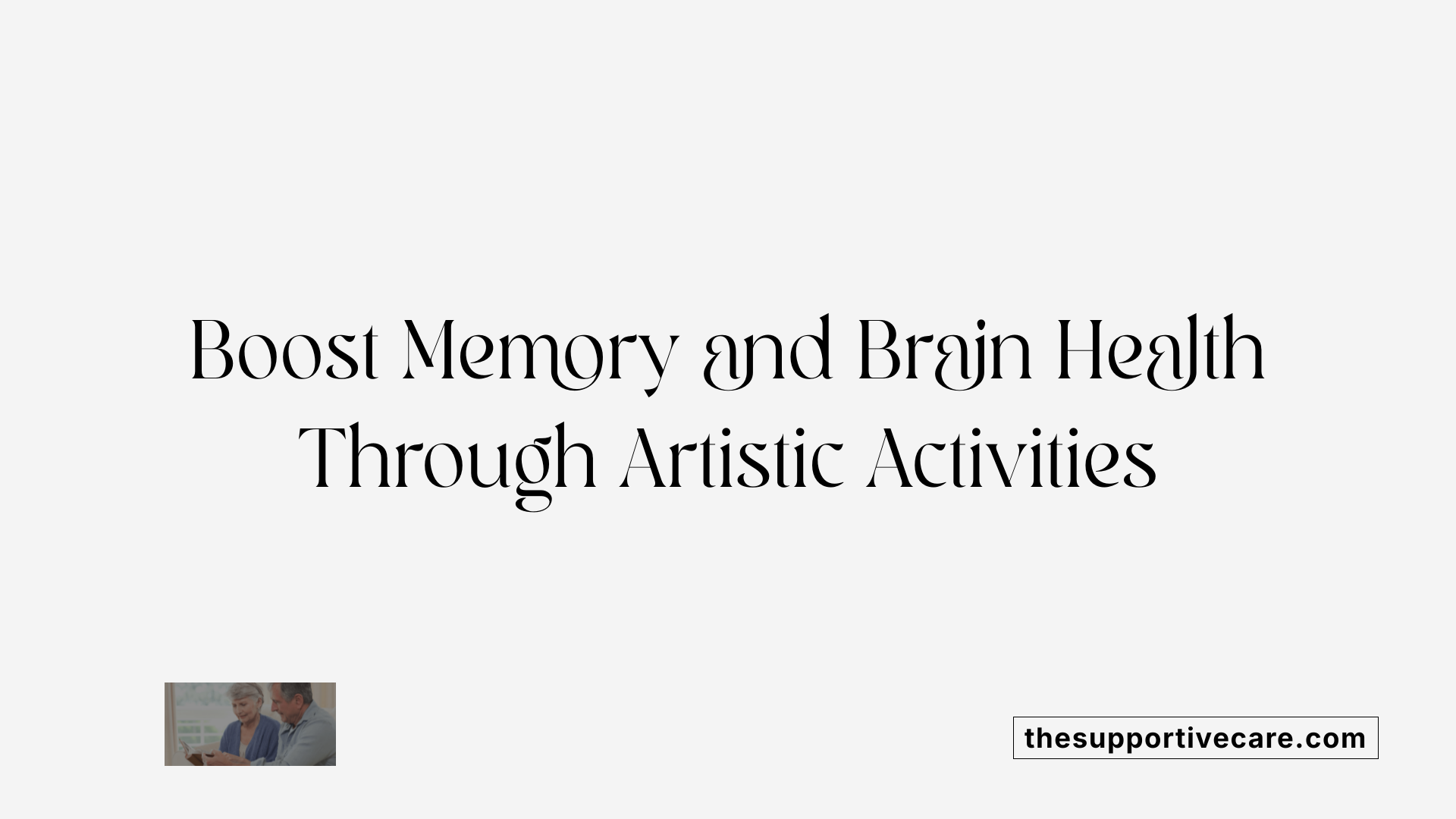
How does art therapy aid cognitive function and memory recall?
Art therapy engages individuals in creative processes like painting, drawing, and sculpting which stimulate various brain areas responsible for memory, attention, and problem-solving. This is particularly beneficial for people with cognitive impairments, including seniors experiencing memory decline or dementia. By facilitating visual and verbal memory integration, art therapy helps process emotions and enhances recall abilities.
What brain networks are activated through art therapy?
Art therapy activates large-scale brain networks such as:
- Default Mode Network (DMN): Involved in self-referential thinking and memory.
- Salience Network (SN): Helps detect important stimuli and emotional regulation.
- Central Executive Network (CEN): Supports attention, working memory, and cognitive control.
These networks work together during art-making, promoting neuroplasticity—the brain’s ability to reorganize and form new neural connections—key for recovery in mental health and addiction.
What research supports the cognitive benefits of art therapy?
Studies show that engaging in artistic activities reduces symptoms of mental illness while enhancing memory and cognitive function. For example, seniors with dementia experience improved quality of life, emotional well-being, and social interaction through art therapy. Research also highlights that art-making stimulates the brain’s reward system, fostering motivation and emotional balance, which aids memory retention and cognitive resilience.
| Aspect | Benefit | Supporting Evidence |
|---|---|---|
| Cognitive function | Enhances attention and memory | Studies on dementia care emphasize memory improvements after art therapy participation |
| Neuroplasticity | Promotes neural reorganization | Activation of DMN, SN, and CEN observed during creative tasks |
| Emotional regulation & memory | Supports recall and trauma processing | Integration of visual and verbal memory improves emotion regulation in SUD and dementia |
What types of therapies are commonly used in treating addiction and mental health issues?
Cognitive-behavioral therapy and expressive therapies, such as art therapy, are widely used. Art therapy uniquely stimulates brain networks tied to memory, emotion, and cognition—boosting neuroplasticity and supporting cognitive function. This makes it valuable for residents in memory care settings, helping enhance quality of life even amid memory loss.
Fostering Social Interaction and Reducing Isolation
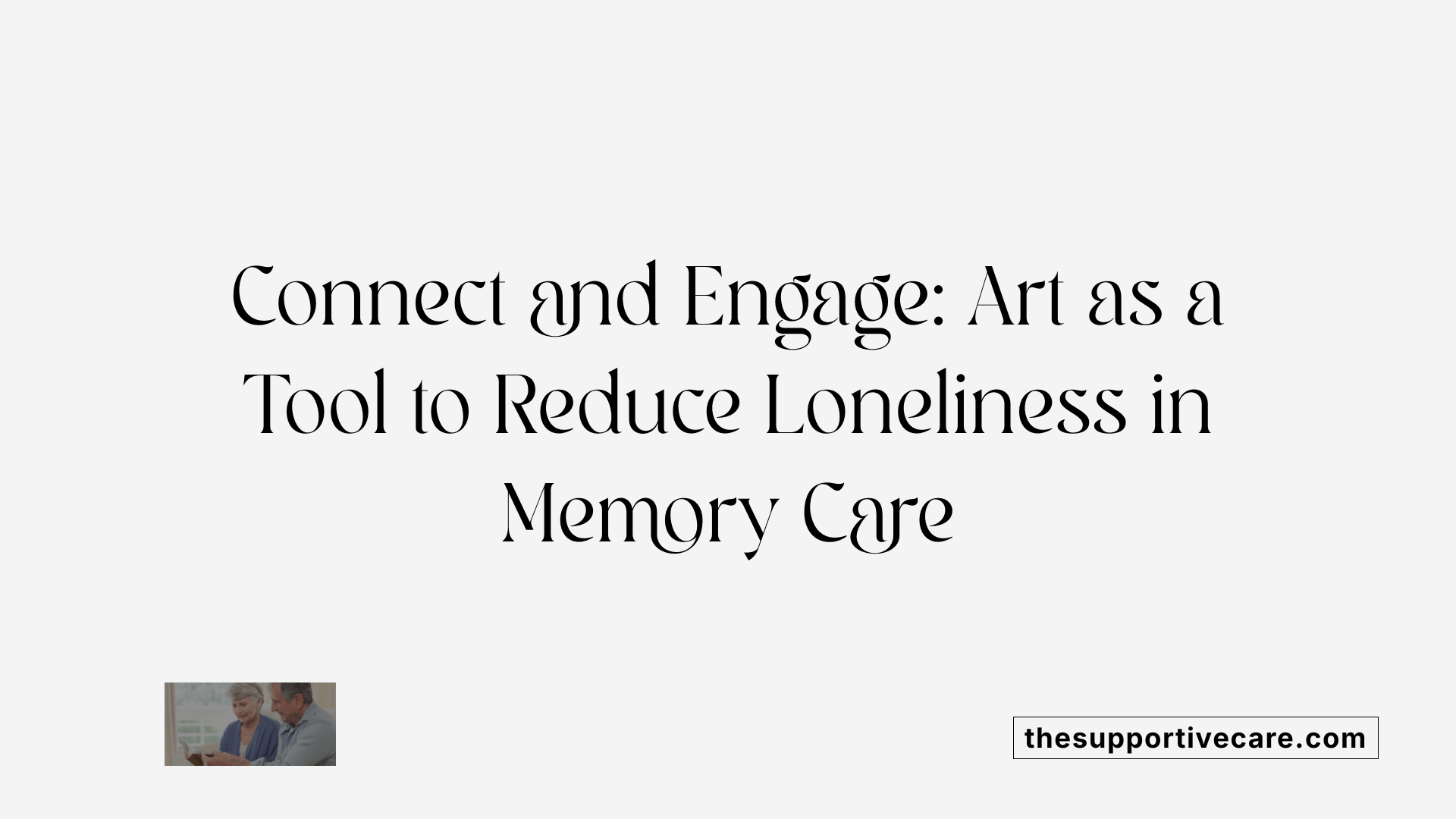
Group art therapy sessions for social engagement
Group art therapy sessions offer valuable social engagement opportunities, especially for seniors and individuals with cognitive impairments. These sessions create a supportive environment where participants can share creative experiences, fostering connections and a sense of community through collaborative art-making.
Reduction of loneliness in seniors with cognitive impairments
Art therapy effectively reduces feelings of isolation and loneliness among seniors, particularly those with dementia or other cognitive challenges. Engaging in visual arts, music, or movement-based activities allows them to communicate nonverbally, express emotions, and feel understood, which significantly alleviates social disconnection.
Building social skills and emotional resilience
Participation in group arts activities helps individuals enhance interpersonal skills such as communication, empathy, and cooperation. The shared creative process encourages emotional expression and regulation, contributing to greater emotional resilience and improved social functioning.
What role does aftercare play in sustaining recovery from addiction and mental health conditions?
Aftercare emphasizes continued social support and community engagement to sustain recovery. Similarly, art therapy group sessions in memory care foster social interaction among residents, reducing isolation and loneliness while enhancing social skills. This ongoing engagement contributes significantly to emotional well-being and maintaining cognitive function over time.
Art Therapy as an Effective Tool for Behavioral and Mood Disorders in Memory Care
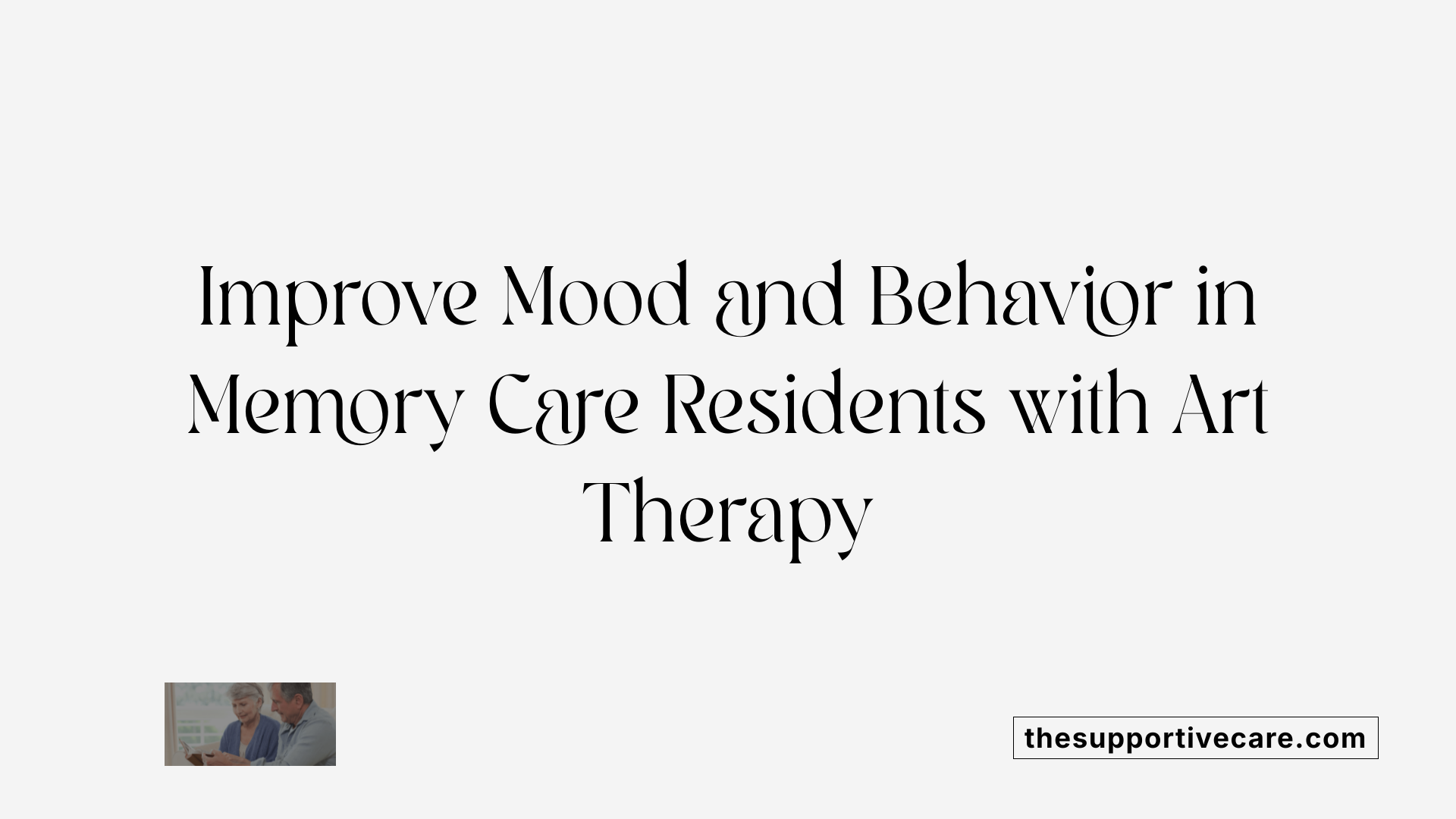
Use of art therapy in managing depression and anxiety in dementia
Art therapy is widely used in memory care settings to address depression and anxiety among individuals with dementia, including Alzheimer’s disease. By engaging residents in creative activities such as painting, collage, and pottery, art therapy provides a nonverbal avenue for emotional expression, which is especially valuable when language skills decline. This mode of therapy helps reduce negative emotions and fosters a sense of self-worth and empowerment.
Improving mood and reducing behavioral symptoms
Creative arts therapies help improve mood and reduce common behavioral symptoms associated with dementia, such as agitation and anxiety. Participating in art-making activates emotion regulation processes and stimulates cognitive functions, contributing to better emotional balance. Furthermore, these activities encourage social interaction, which can decrease feelings of isolation and enhance quality of life for memory care residents.
Empirical evidence supporting therapeutic outcomes
Research supports the effectiveness of art therapy interventions in enhancing emotional well-being among elders with dementia. Studies confirm improvements in self-esteem, communication, and overall mood following regular engagement in artistic pursuits. Although medication-assisted treatment (MAT) plays a central role in managing brain function and symptoms in substance use disorders, art therapy complements medical care in memory care by providing behavioral and emotional relief through creative expression. This low-risk intervention offers significant benefits by addressing emotional and social domains often underserved by pharmacological approaches.
Physical and Motor Skill Benefits of Artistic Activities in Memory Care
Enhancement of fine motor skills and coordination
Art therapy involves various creative techniques such as painting, sculpting, and coloring, all of which require precise hand movements. For seniors, especially those in memory care, these activities promote the development and preservation of fine motor skills and improve hand-eye coordination. Engaging in these tasks also supports daily functioning by maintaining the dexterity necessary for routine activities.
Art therapy promoting gentle physical activity
Beyond cognitive and emotional benefits, art therapy encourages gentle physical movement. Activities like pottery and crafting engage muscles subtly, acting as a form of mild exercise. This gentle physical activity is vital for seniors, as it helps maintain joint flexibility and can reduce stiffness, contributing to overall physical health.
Positive effects on circulation and dexterity in seniors
Participating in art therapy sessions has been shown to enhance blood circulation and improve dexterity among elderly individuals dealing with chronic illnesses such as hypertension and arthritis. This helps reduce pain and discomfort while increasing physical comfort. The boosting of circulation also supports brain health, which is important for individuals coping with cognitive impairments.
Integrating Art Therapy Into Holistic Memory Care Programs
What types of therapies are commonly used in treating addiction and mental health issues?
Comprehensive treatment strategies for addiction and mental health challenges often combine multiple therapeutic approaches. These may include psychotherapy, medication, cognitive-behavioral therapy, and creative arts therapies like art therapy. Art therapy is especially valuable for its person-centered, recovery-oriented approach that supports emotional, social, and cognitive needs simultaneously.
Art therapy within comprehensive memory care treatments
In memory care programs, particularly for individuals with dementia or cognitive impairments, art therapy complements medical and psychosocial interventions. Creative activities such as painting, collage, and pottery provide nonverbal avenues for self-expression and emotional relief. This integration enhances quality of life, boosts self-esteem, improves communication, and fosters social connections among residents.
Individualized approaches and assessment tools
Art therapists employ specialized tools like the Expressive Therapies Continuum and the Formal Elements of Art Therapy (FEATS) to tailor therapies to each client's neurocognitive profile. These assessments help personalize treatment plans for people with memory issues or addiction-related trauma, optimizing emotional regulation and cognitive functioning.
Credentialing and professional standards for art therapists
Art therapy is delivered by credentialed clinicians who hold master's degrees in the field. These professionals are trained to use various artistic modalities—drawing, painting, music, movement, and writing—to facilitate healing and personal growth. Their expertise ensures adherence to clinical and ethical standards within holistic care settings, such as memory care centers.
Together, art therapy serves as a vital component of holistic memory care, addressing the complex needs of individuals through creative expression while aligning with broader therapeutic goals for sustained recovery and well-being.
Supporting Caregivers and Families Through Art Initiatives
Benefits for caregivers participating in art therapy
Caregivers of individuals with long-term illnesses, such as dementia, often face high levels of stress and emotional strain. Engaging in creative arts activities, including art therapy, has been shown to significantly reduce caregiver stress and anxiety. These activities also increase positive emotions, fostering emotional resilience and improving overall well-being.
Strengthening family connections with residents
Art therapy is not only beneficial for patients but also plays a vital role in enhancing family relationships. Through group art sessions and shared creative experiences, families and residents can connect on a deeper emotional level. For seniors with dementia, art offers a nonverbal communication channel that helps express feelings and memories when words become difficult.
Reducing caregiver stress and enhancing positive emotions
Participating in art therapy creates a safe, supportive environment that promotes relaxation and emotional relief for caregivers. This setting encourages self-expression, helping caregivers manage the emotional challenges of their roles. Reduced stress levels and increased positive emotions among caregivers contribute to better care for their loved ones and improve their own mental health.
Together, these art initiatives offer a holistic, healing approach that supports both caregivers and families, strengthening bonds and enhancing quality of life in caregiving situations.
Addressing Emotional Trauma and Grief in Memory Care Through Art
How does art therapy offer a safe space for trauma processing?
Art therapy creates a nonverbal, supportive environment where individuals, especially seniors, can safely explore and express difficult emotions tied to trauma. By engaging in creative activities like painting or collage, people can communicate feelings that may be hard to articulate in words. This process allows them to process emotional pain and trauma at their own pace, fostering personal growth and healing.
How does art therapy help seniors cope with grief and emotional changes of aging?
Aging often brings grief, loss, and emotional challenges such as loneliness or declining health. Art therapy helps seniors cope by providing a meaningful way to express these complex feelings. Activities like drawing and sculpting can help ease stress and encourage reflection, offering comfort amid life transitions. Additionally, art therapy promotes social connection, reducing isolation which is common among elderly populations.
In what ways does art therapy promote emotional healing for seniors?
Engaging in art therapy promotes emotional regulation and self-worth for seniors by offering an empowering creative outlet. It enhances self-esteem by allowing individuals to create and share artwork, fostering a sense of accomplishment. Moreover, art therapy stimulates brain areas involved in memory and emotion, which supports cognitive function and emotional wellbeing. Group sessions further encourage social interaction, strengthening bonds and community support.
| Aspect | Benefit for Seniors | Artistic Modalities |
|---|---|---|
| Trauma processing and emotional safety | Enables safe expression of hard-to-communicate feelings | Painting, collage, sculpting |
| Coping with grief | Helps manage loss and emotional changes in aging | Drawing, crafts, visual arts |
| Emotional healing and self-esteem | Boosts mood, self-worth, and social connection | Group art sessions, music, dance |
Future Directions: Neuroimaging and Scientific Evidence in Art Therapy
What Neuroimaging Studies Support the Effectiveness of Art Therapy?
Recent neuroimaging research has begun to uncover the biological mechanisms that underlie the benefits of art therapy. Studies show that art therapy stimulates the brain's reward network, including critical regions like the medial prefrontal cortex and nucleus accumbens. These areas are essential for reward processing, emotional regulation, and stress management. Activation of these neural pathways helps explain art therapy’s success in reducing symptoms of addiction, mood disorders, and emotional trauma.
Which Brain Networks Are Activated During Art Interventions?
Art therapy engages multiple large-scale brain networks:
- Default Mode Network (DMN): Involved in self-referential thinking and memory integration.
- Salience Network (SN): Important for detecting and filtering emotional stimuli.
- Central Executive Network (CEN): Supports cognitive control and working memory.
By engaging these networks, art therapy facilitates trauma processing, improves self-regulation, and enhances cognitive-emotional interactions, providing a neurobiological basis for its therapeutic effects.
What Are the Implications for Enhancing Memory Care Treatments?
Art therapy’s ability to stimulate brain regions linked to memory and emotional processing offers promising avenues for dementia care. For seniors with Alzheimer's disease and other cognitive impairments, creative activities like painting and collage not only improve quality of life but may also boost neural plasticity. This supports memory recall and emotional expression when verbal communication is challenging.
Integrating neuroimaging findings into treatment planning allows for personalized therapy approaches that target specific neural circuits, potentially enhancing cognitive functioning and emotional well-being in memory care settings. This evidence strengthens art therapy’s role as an innovative, low-risk adjunct in comprehensive dementia care.
The Lasting Impact of Art Therapy in Memory Care
Art therapy stands as a transformative and holistic approach for residents in memory care settings, offering a unique blend of cognitive stimulation, emotional expression, social connection, and physical engagement. Supported by growing scientific evidence and clinical practice, it addresses the complex needs of individuals living with dementia and cognitive impairments. Its ability to enhance quality of life, reduce behavioral symptoms, and foster meaningful engagement underscores its vital role in modern memory care. By continuing to integrate art therapy within comprehensive treatment programs and supporting both residents and caregivers, healthcare providers can unlock new pathways for healing, connection, and sustained well-being in this vulnerable population.
References
- Role of Art Therapy in the Promotion of Mental Health
- Art therapy's engagement of brain networks for enduring ...
- Benefits of Art Therapy
- Benefits of Art Therapy for Seniors - Senior Living at its Best
- Healing Through Art
- Creative Arts and Aging: The Benefits of Art Therapy
- Medication-Assisted Treatment for Opioid Use Disorder in ...
- Substance Use Disorder (SUD): Symptoms & Treatment
- Dual Diagnosis Treatment Center for Women
- Home | SAMHSA - Substance Abuse and Mental Health ...


